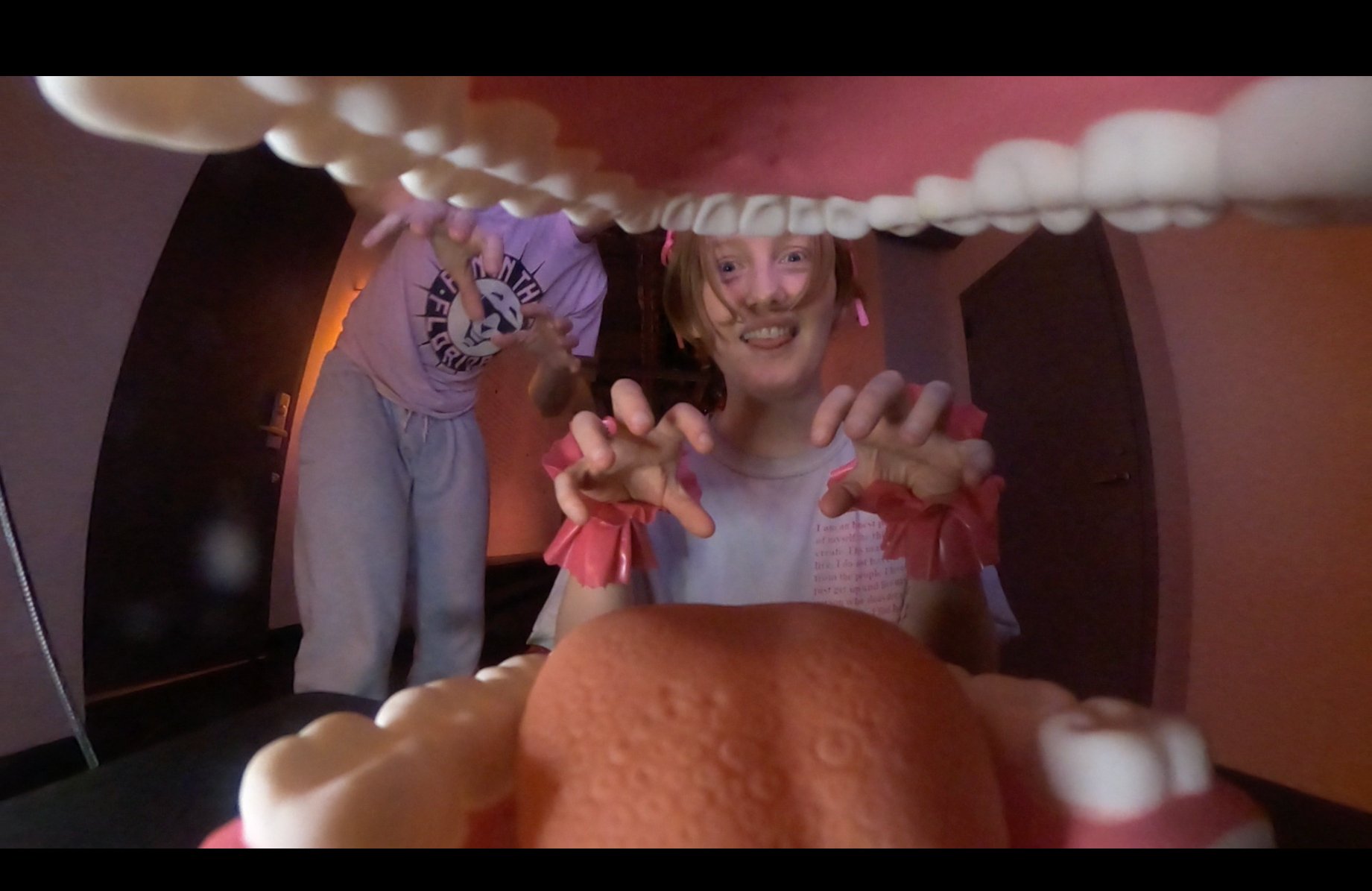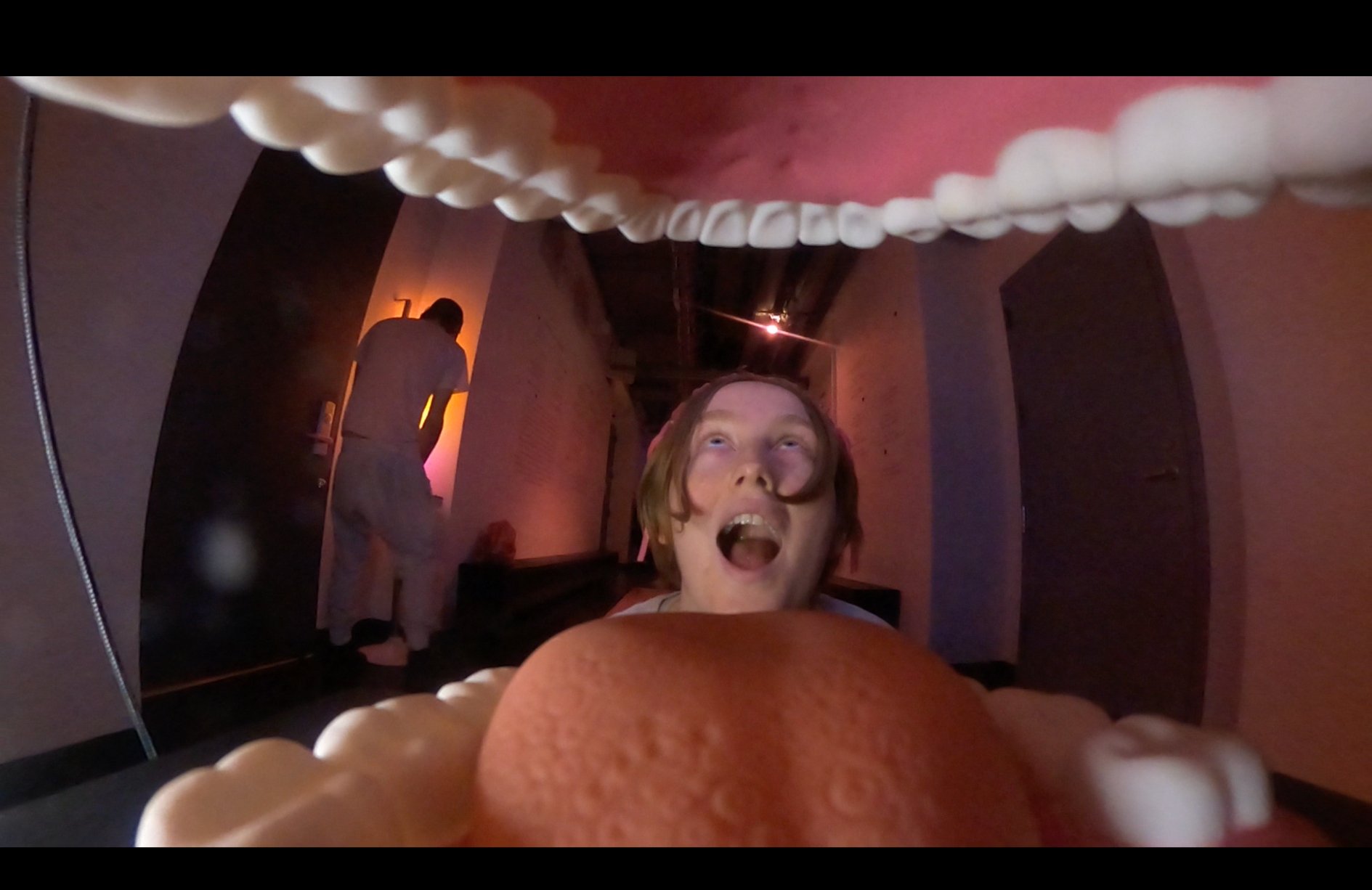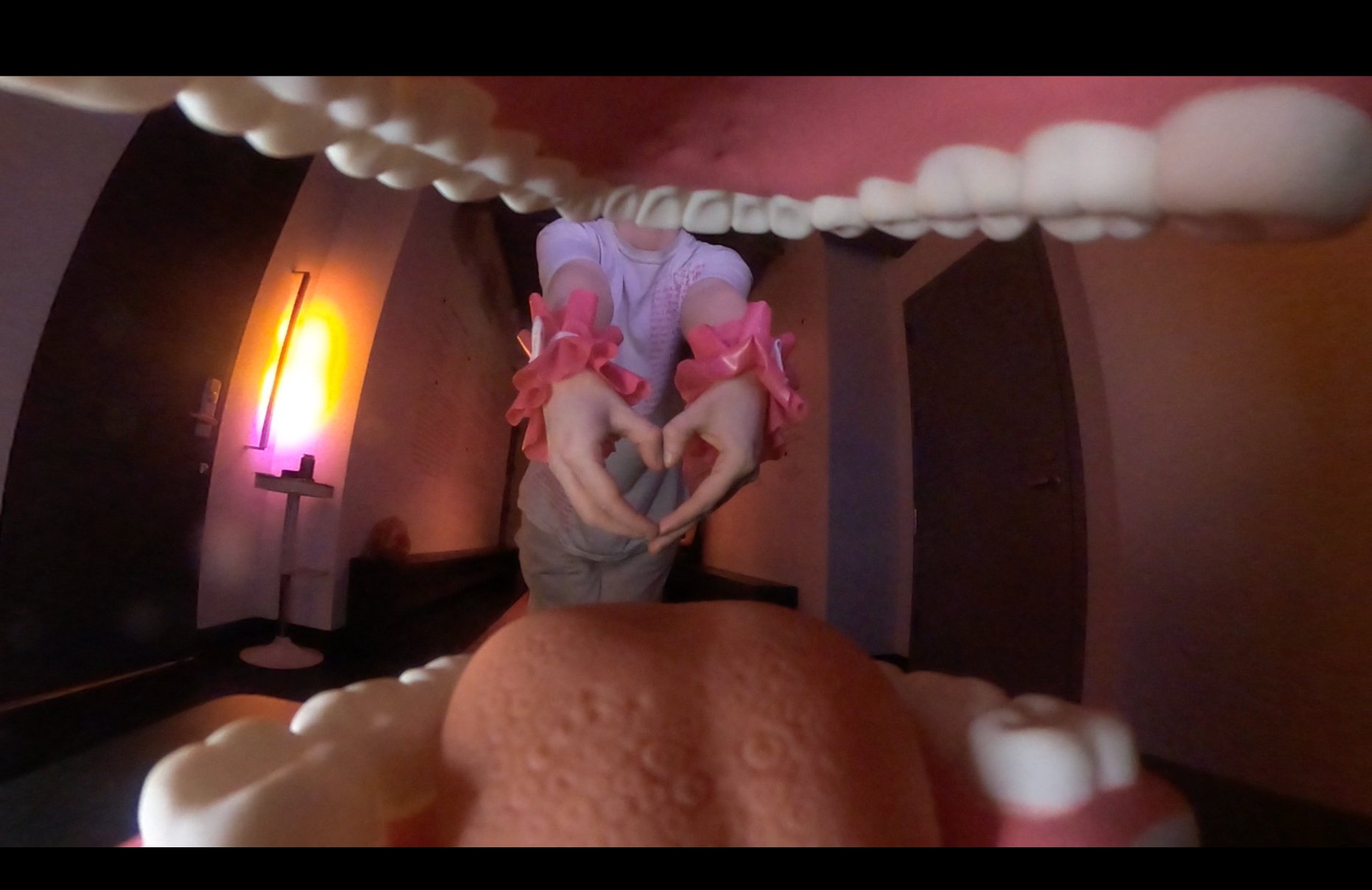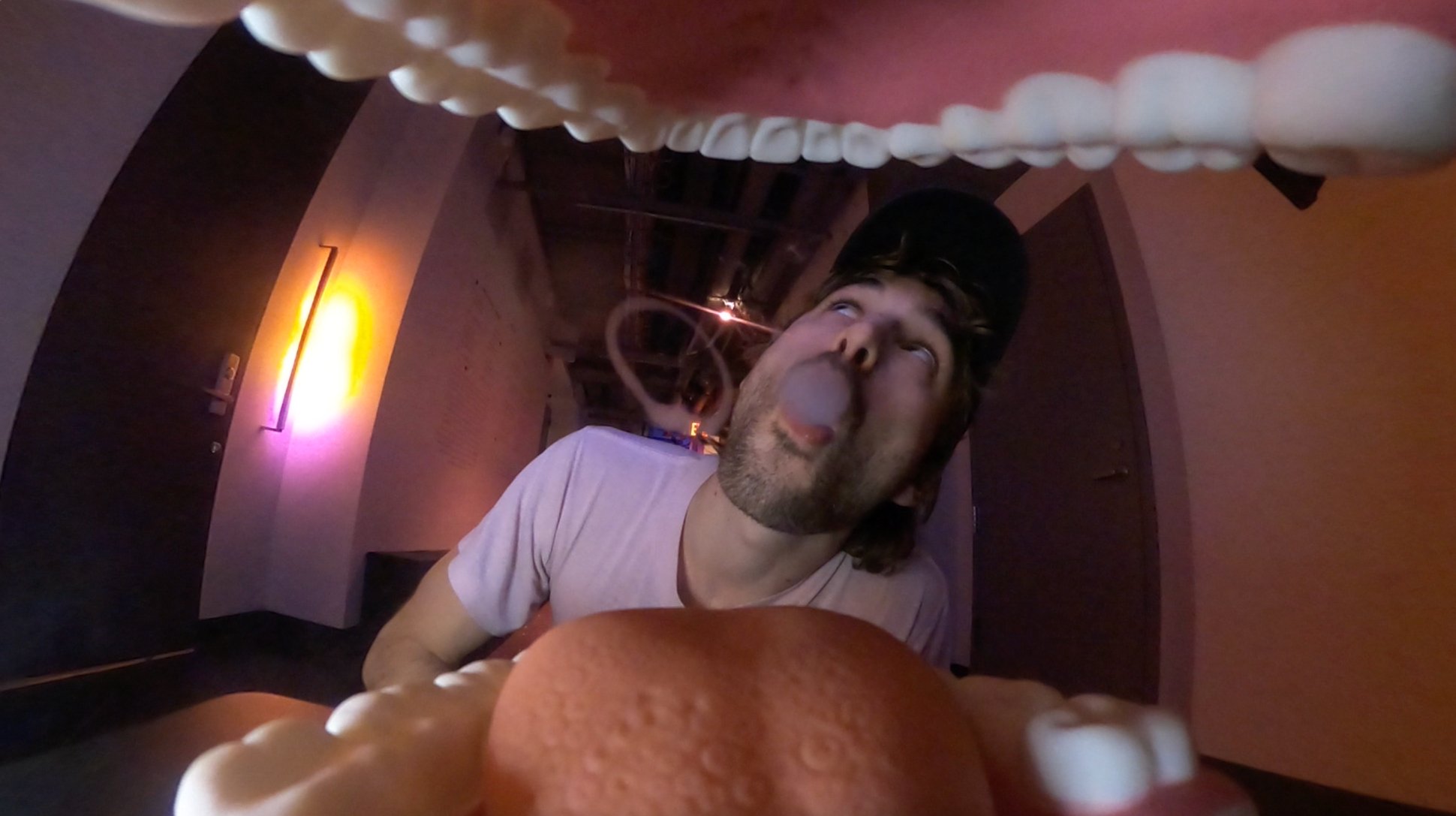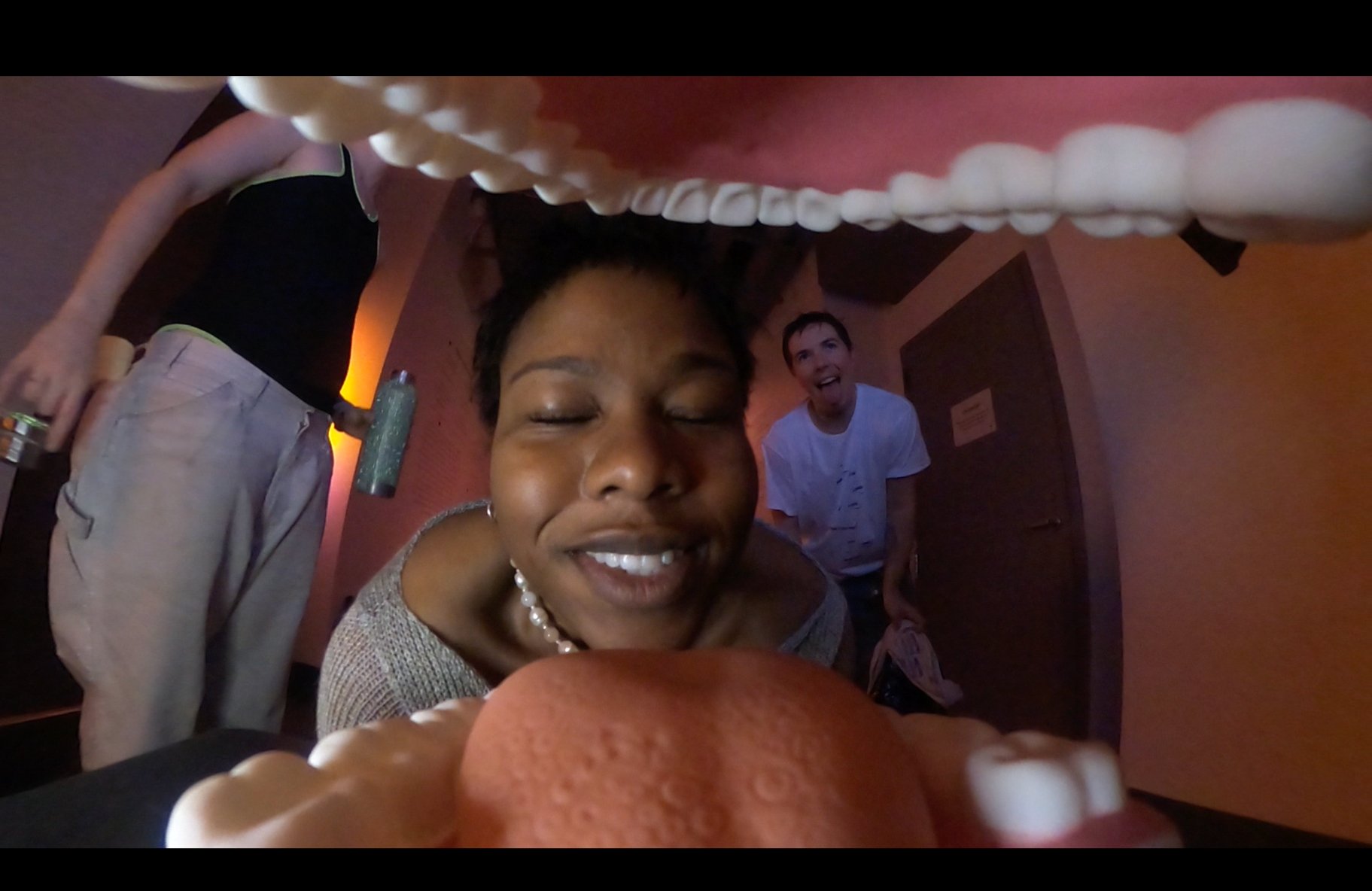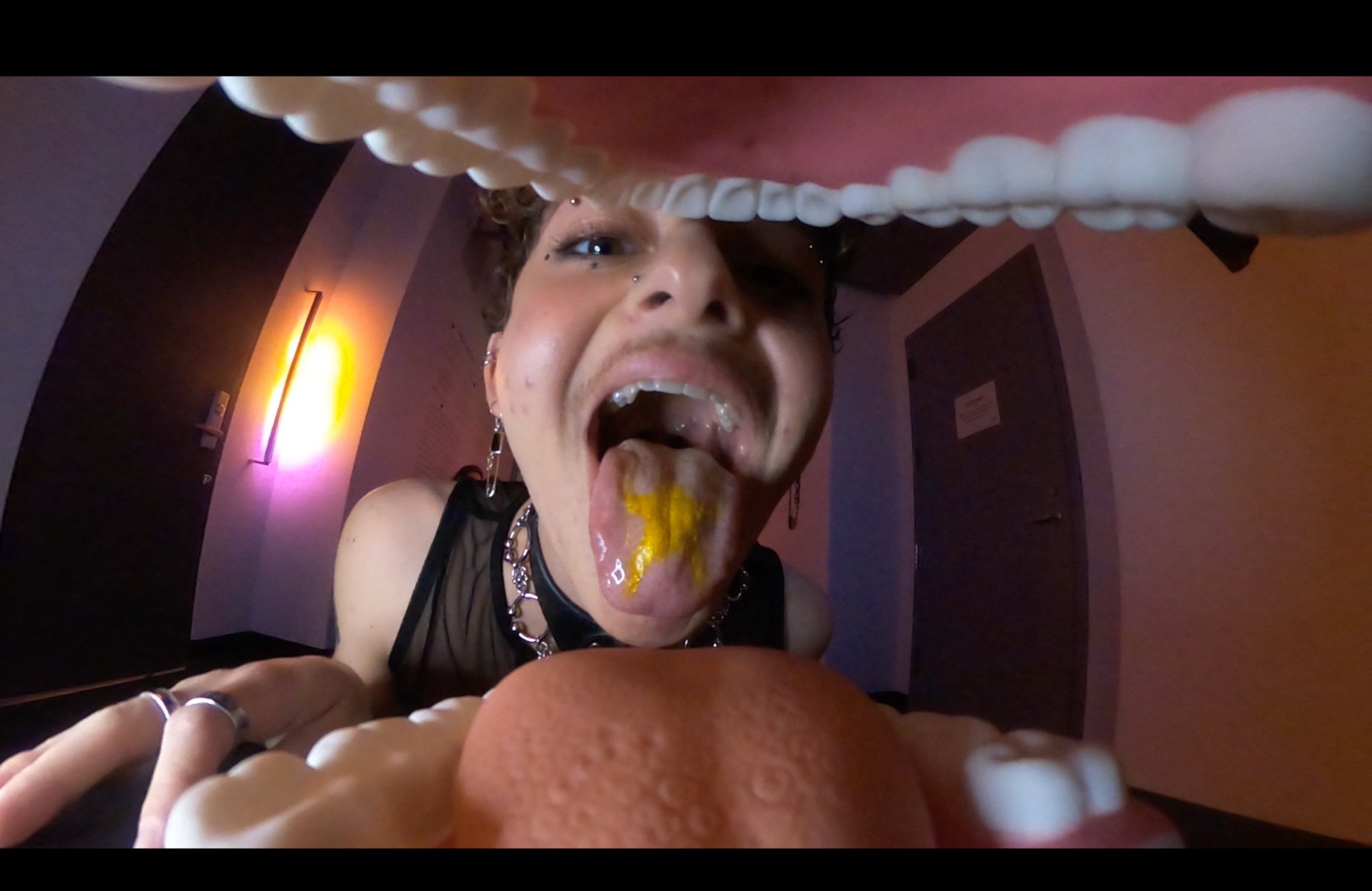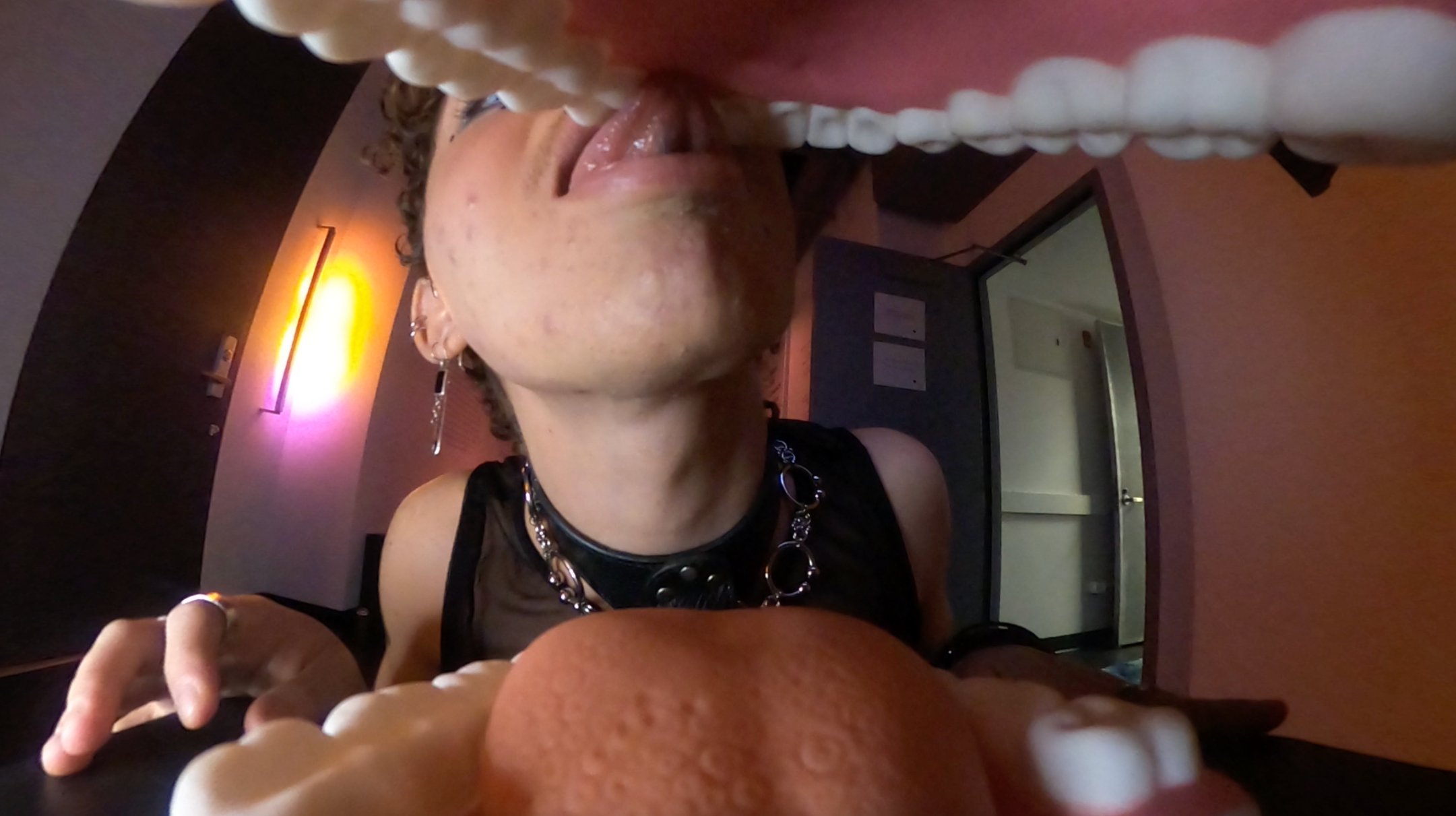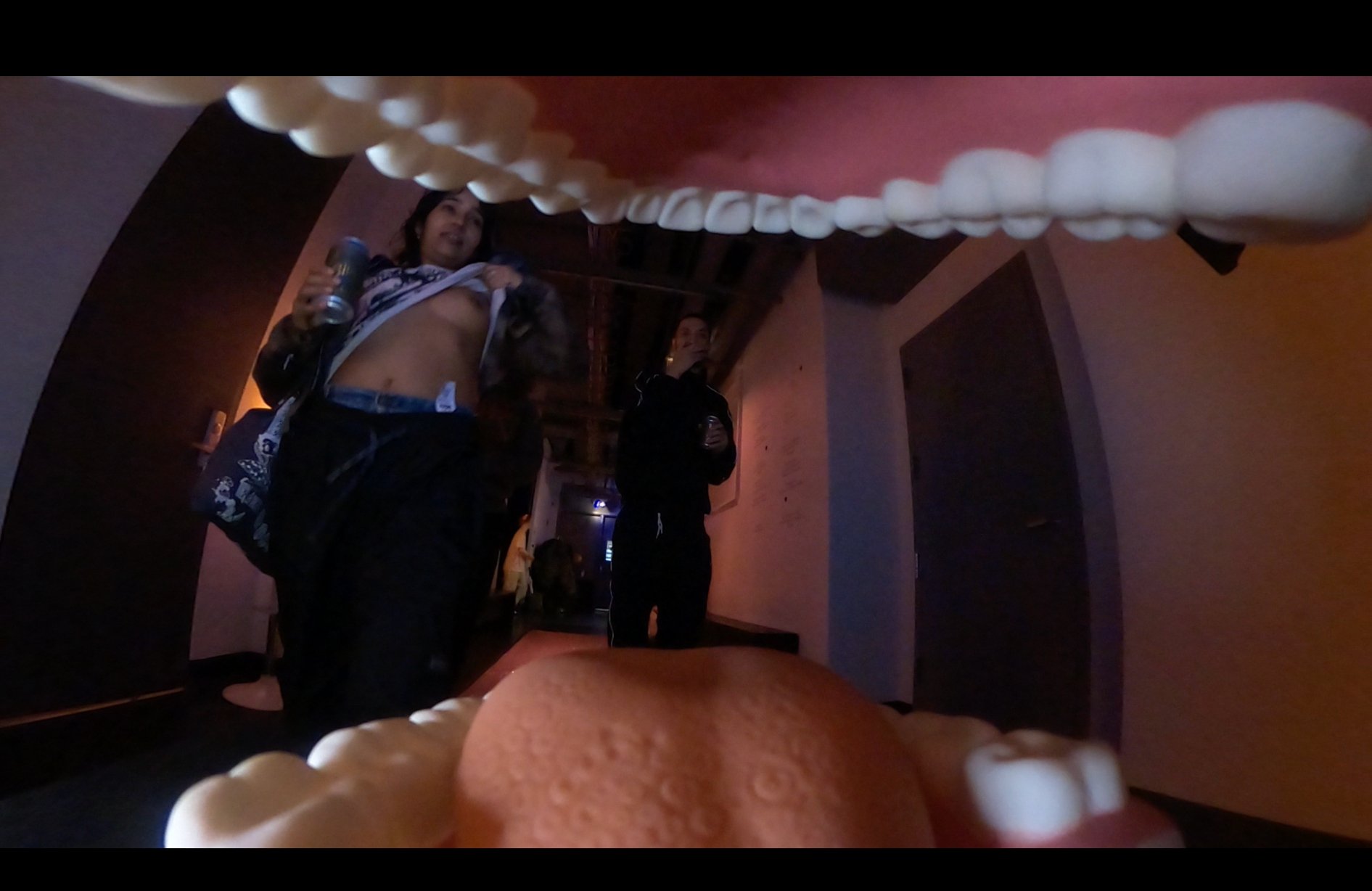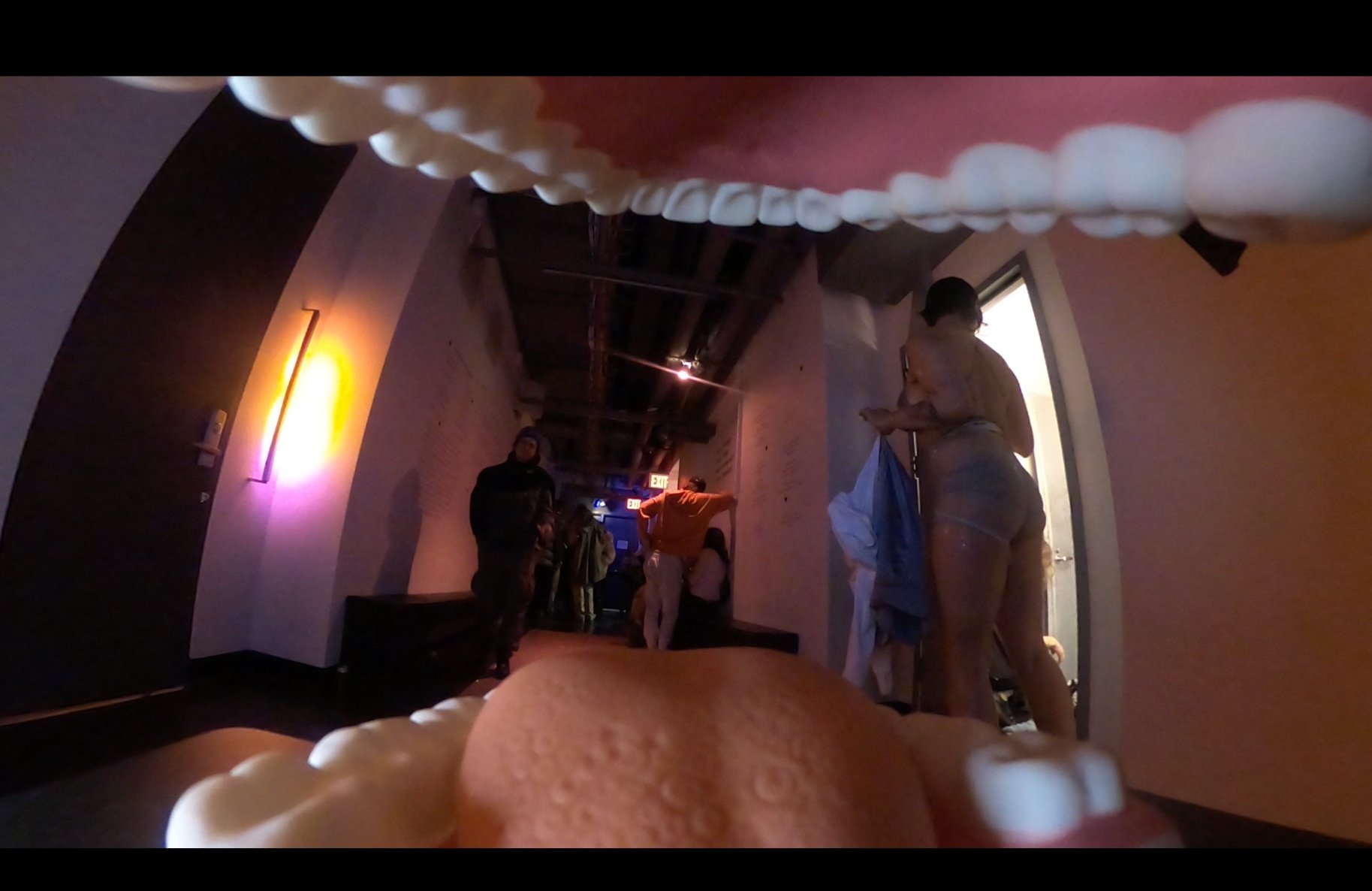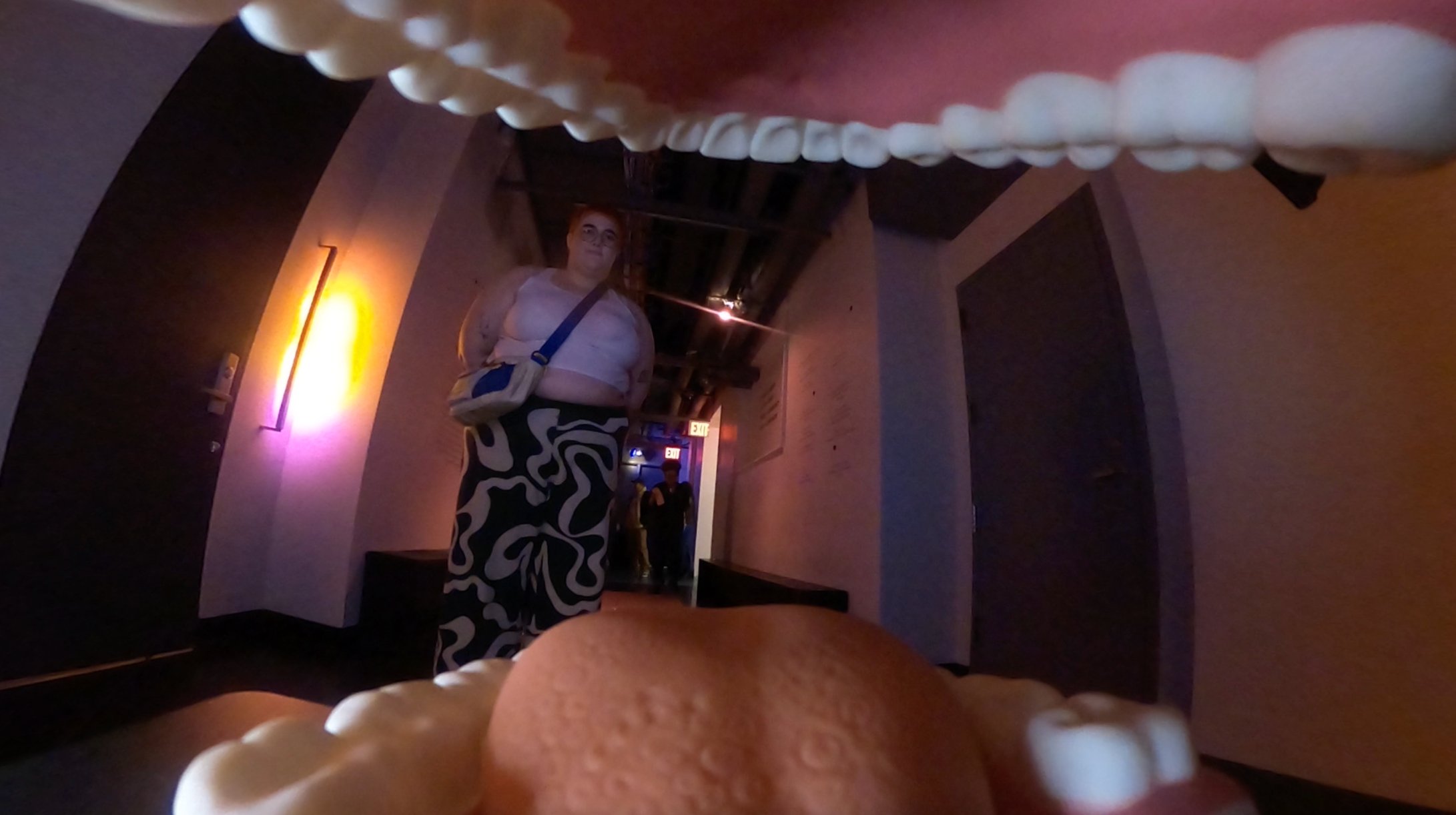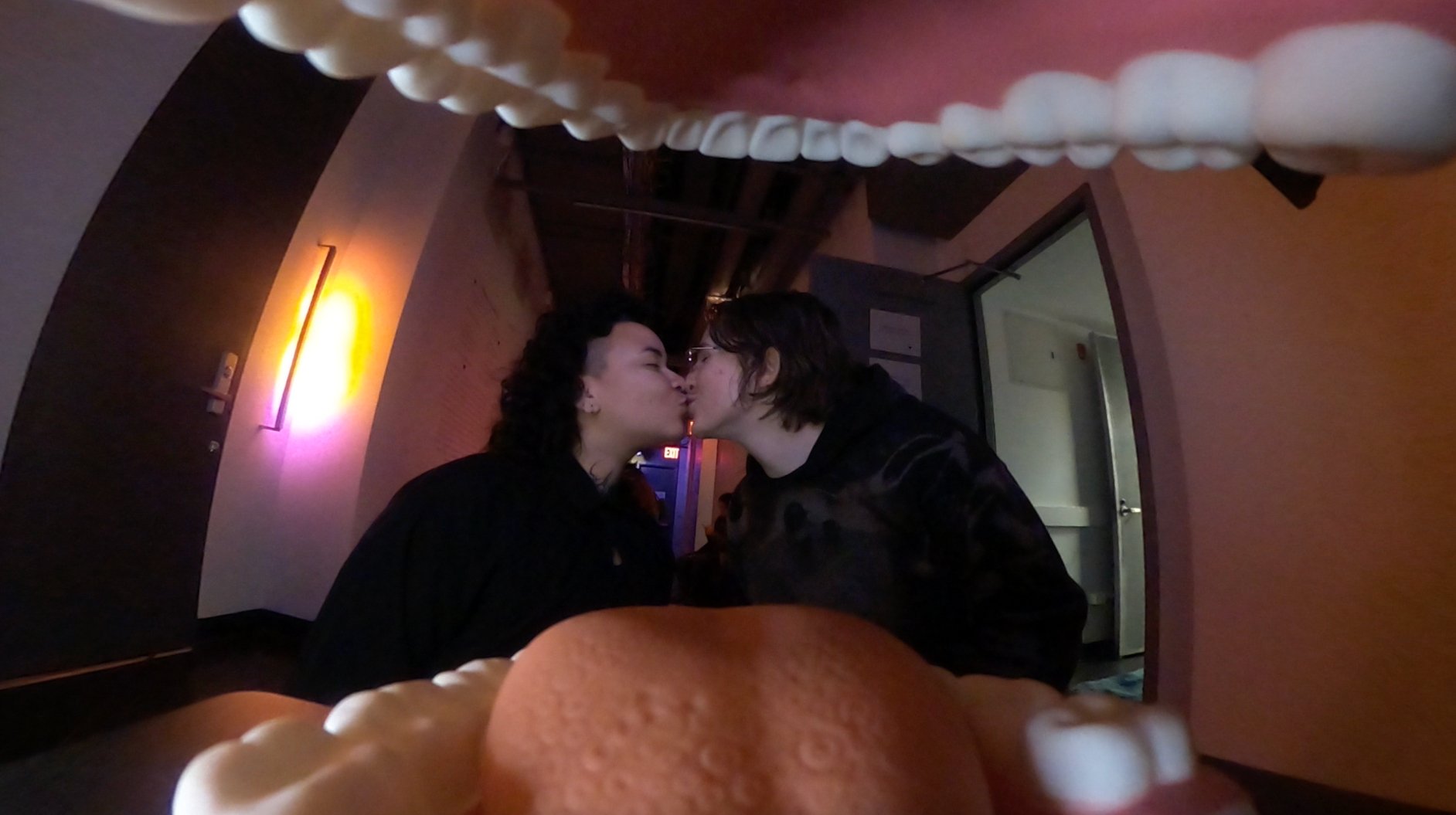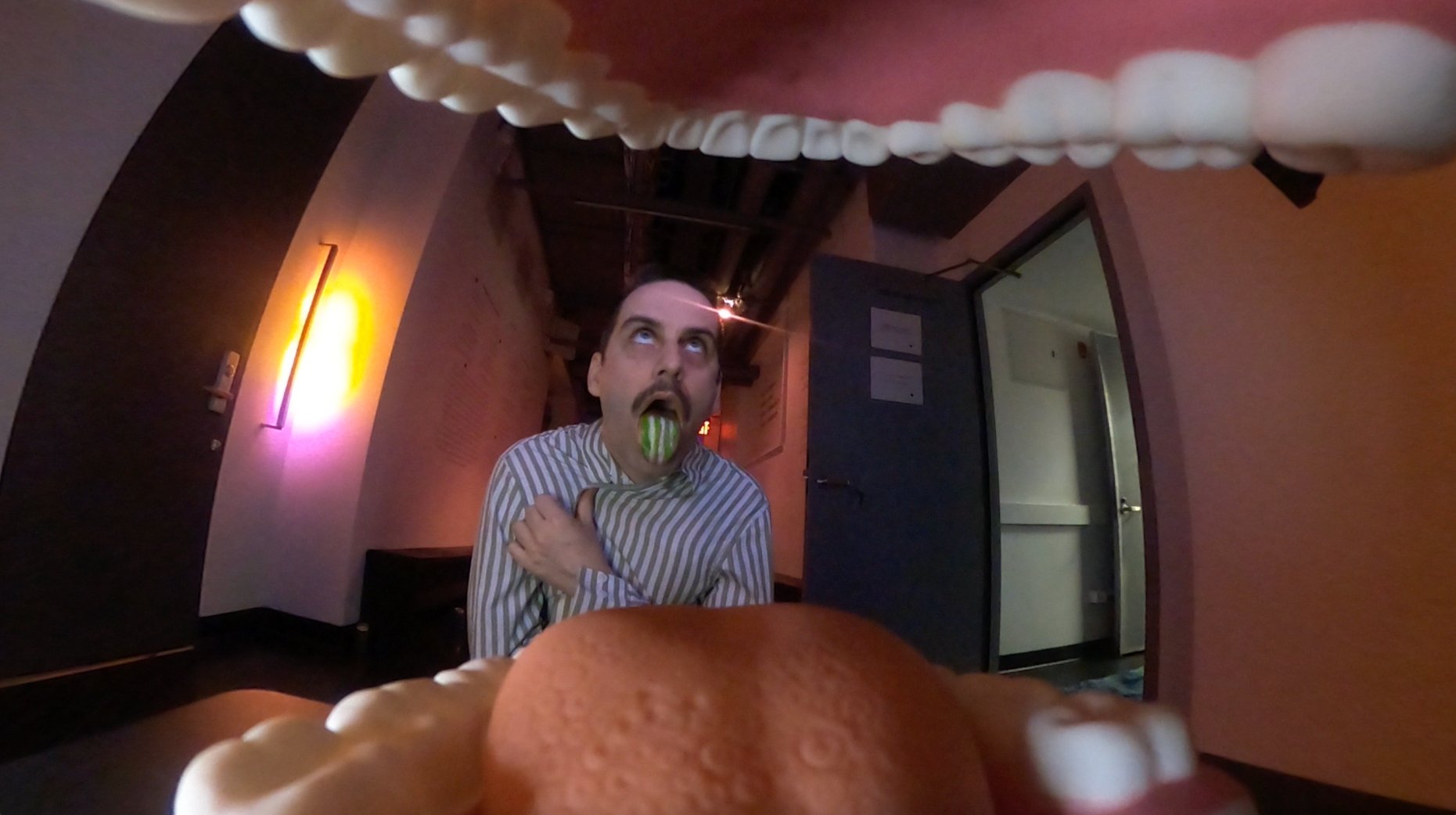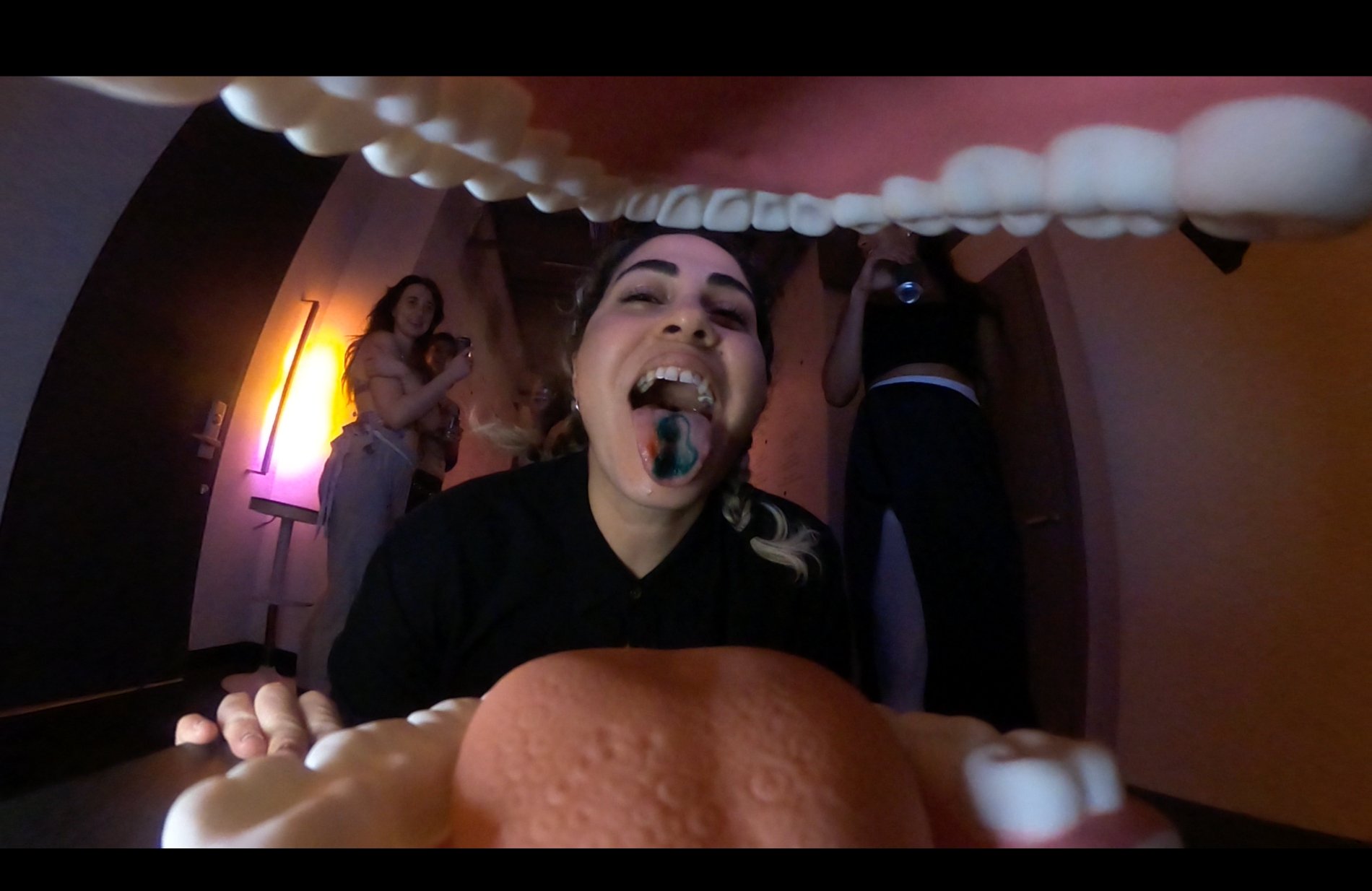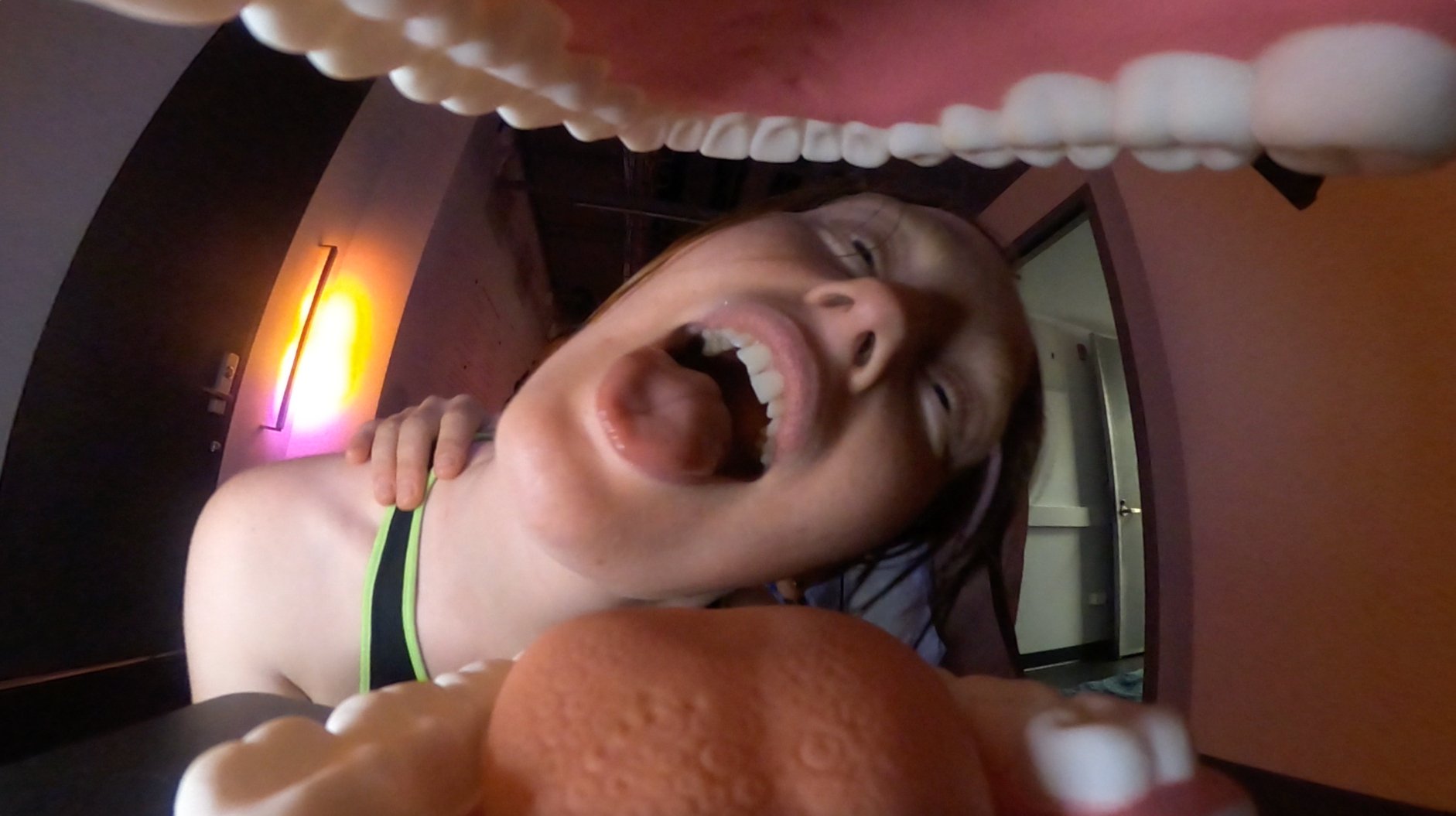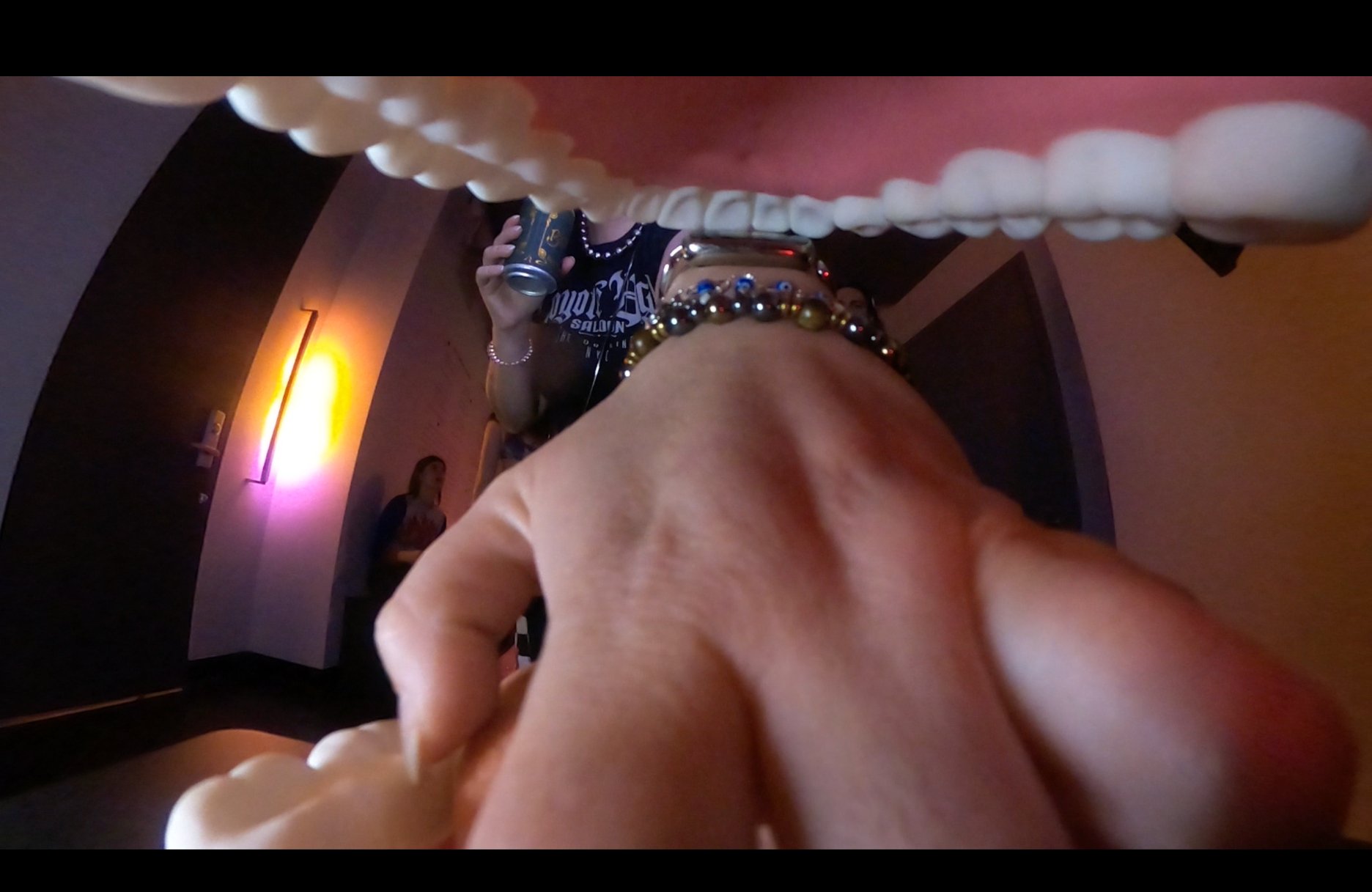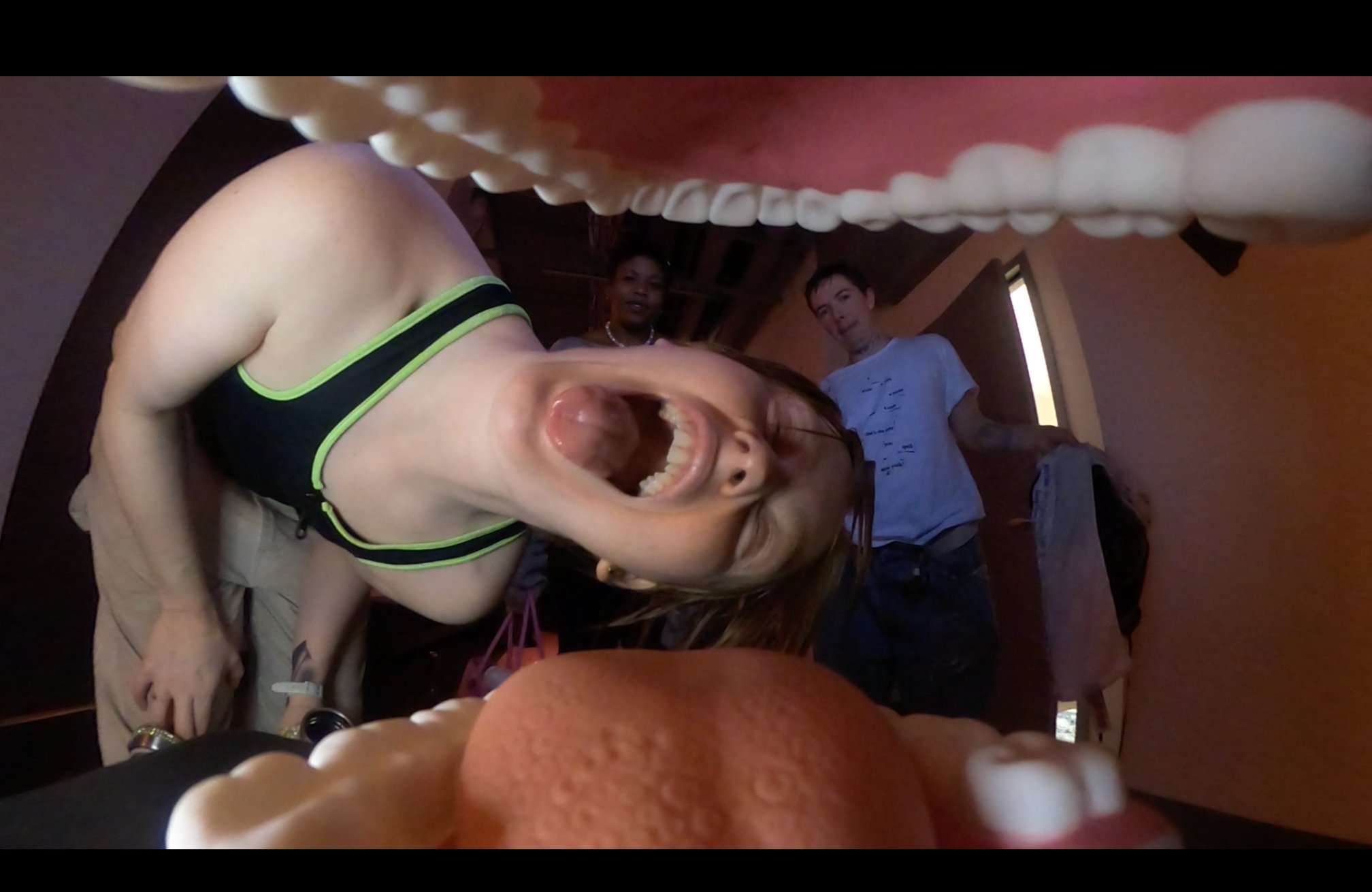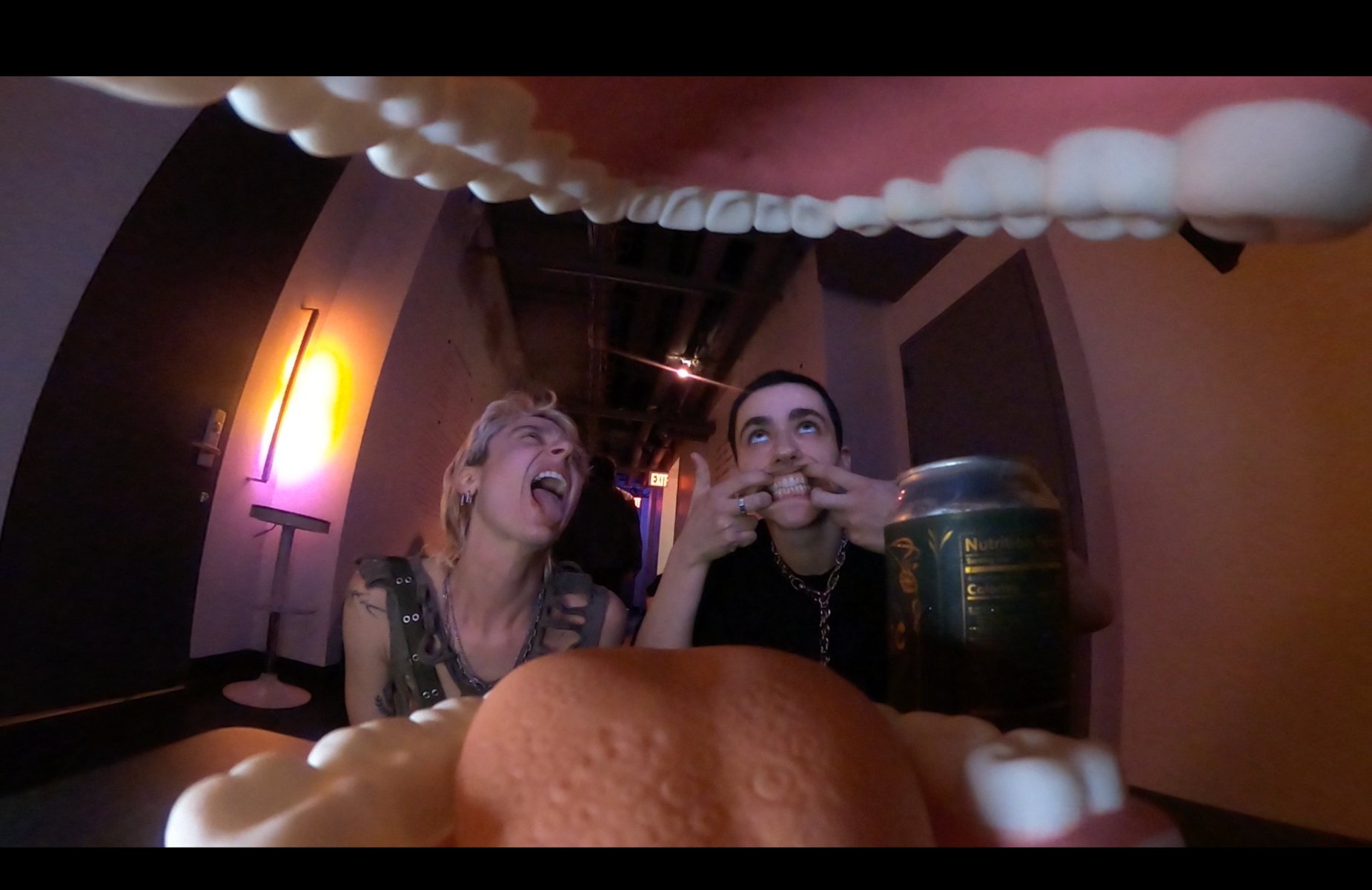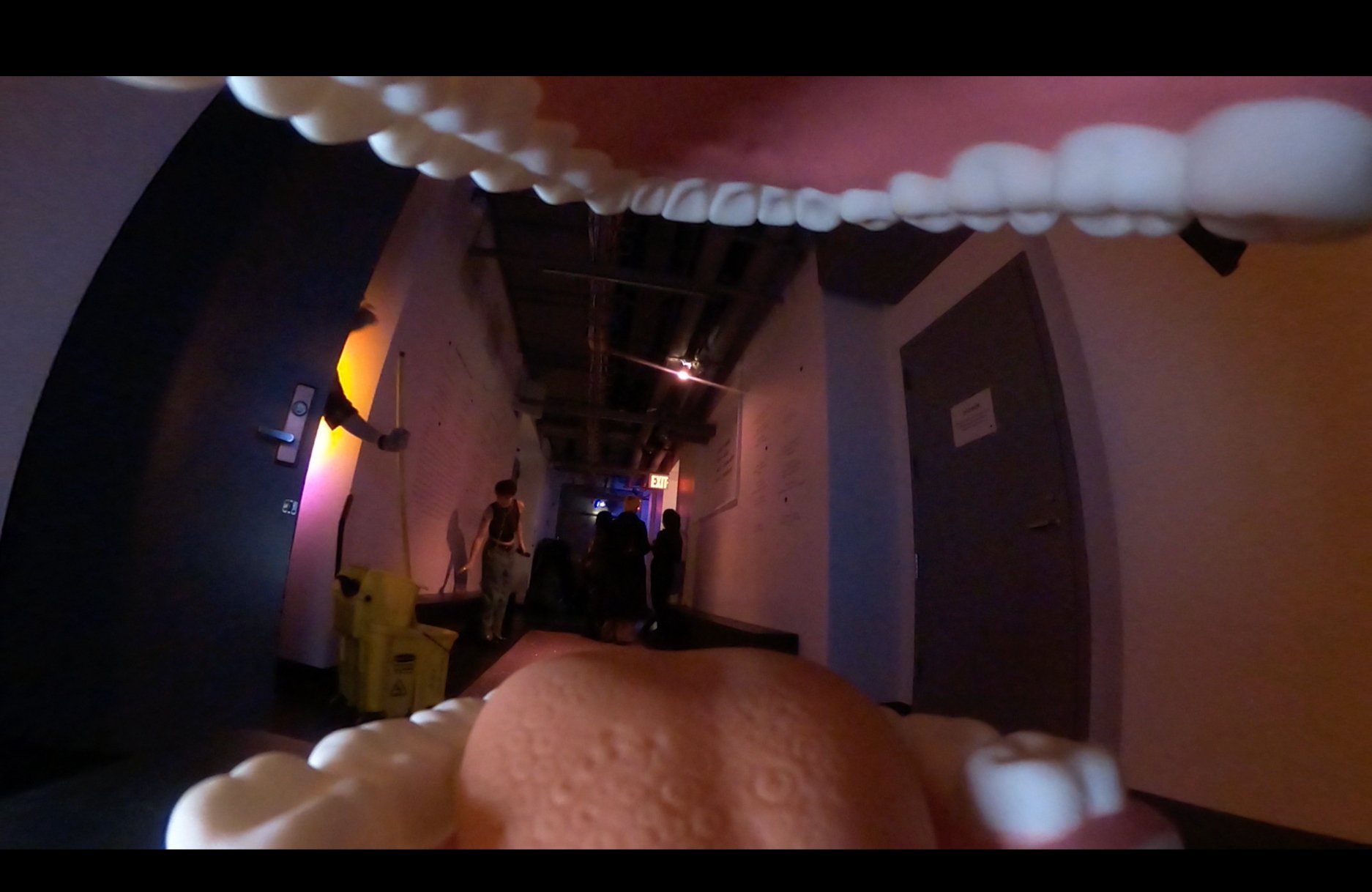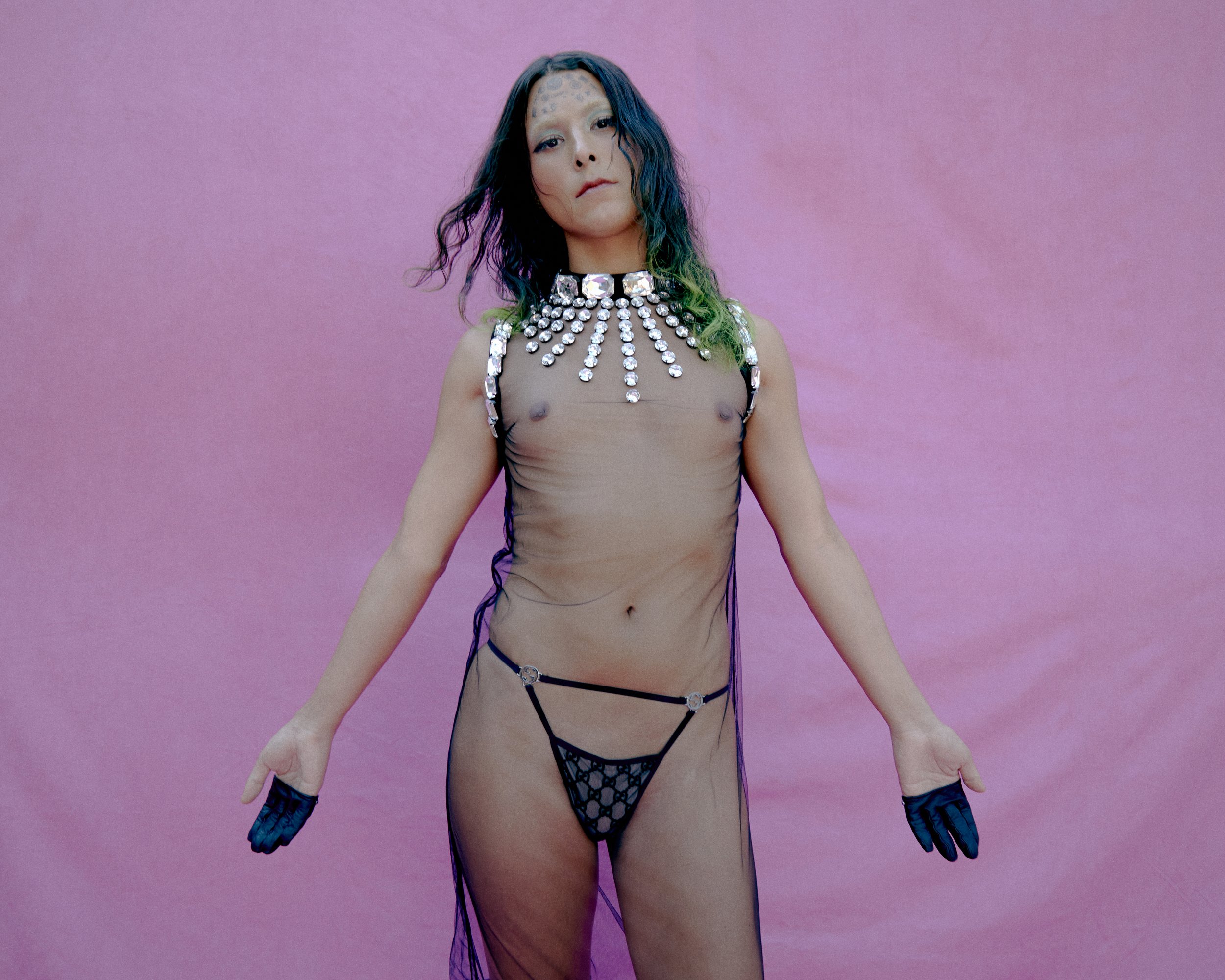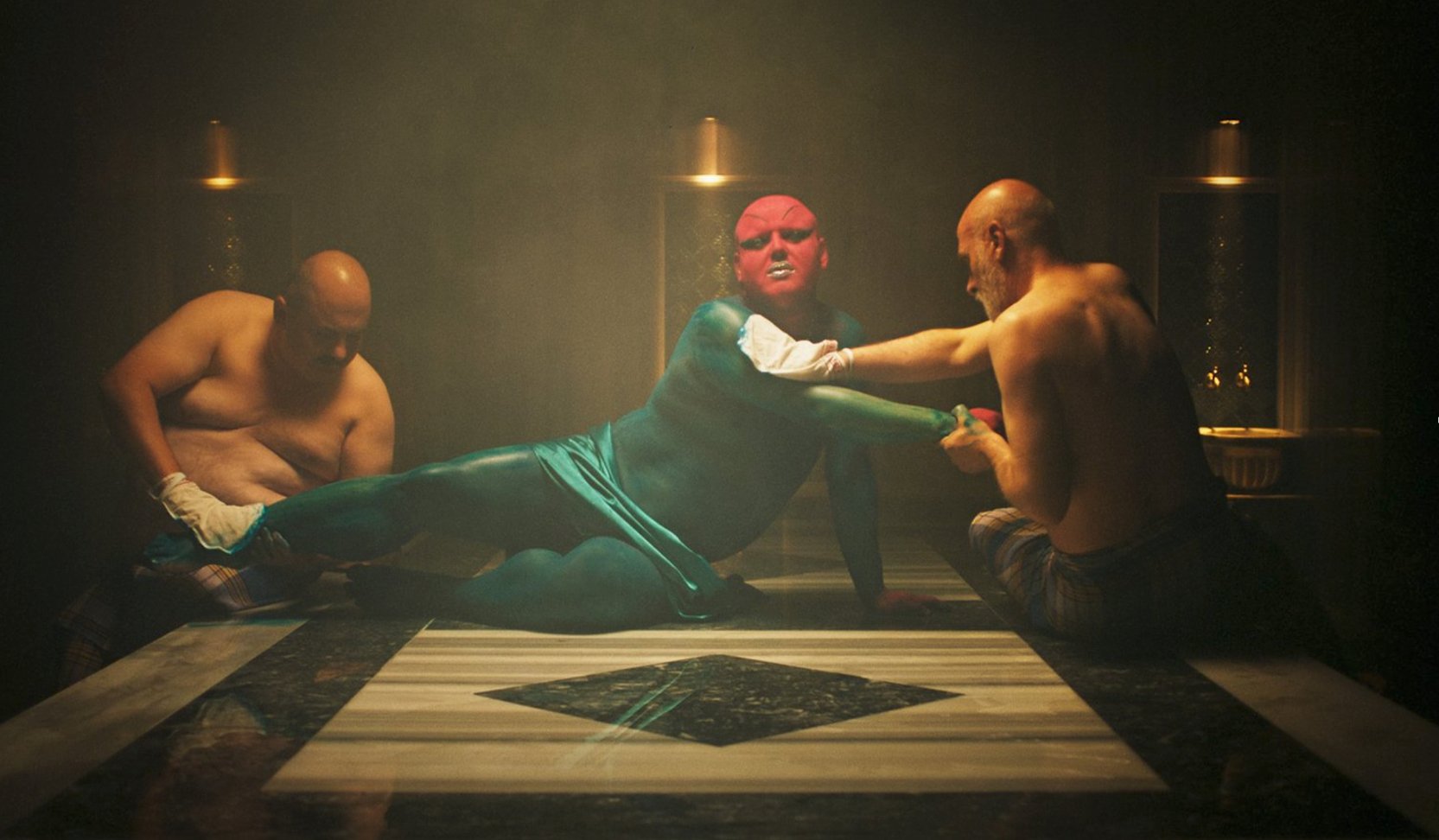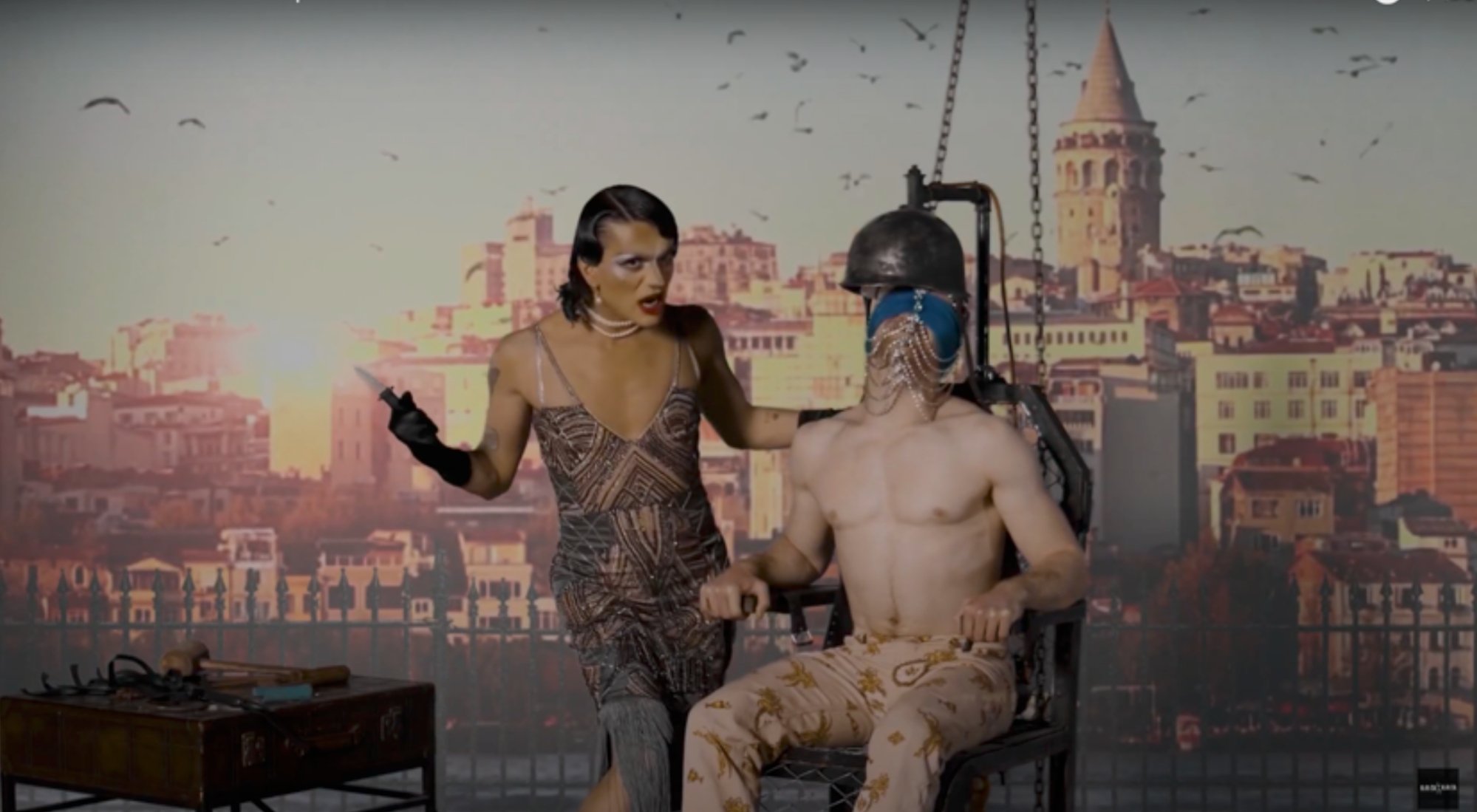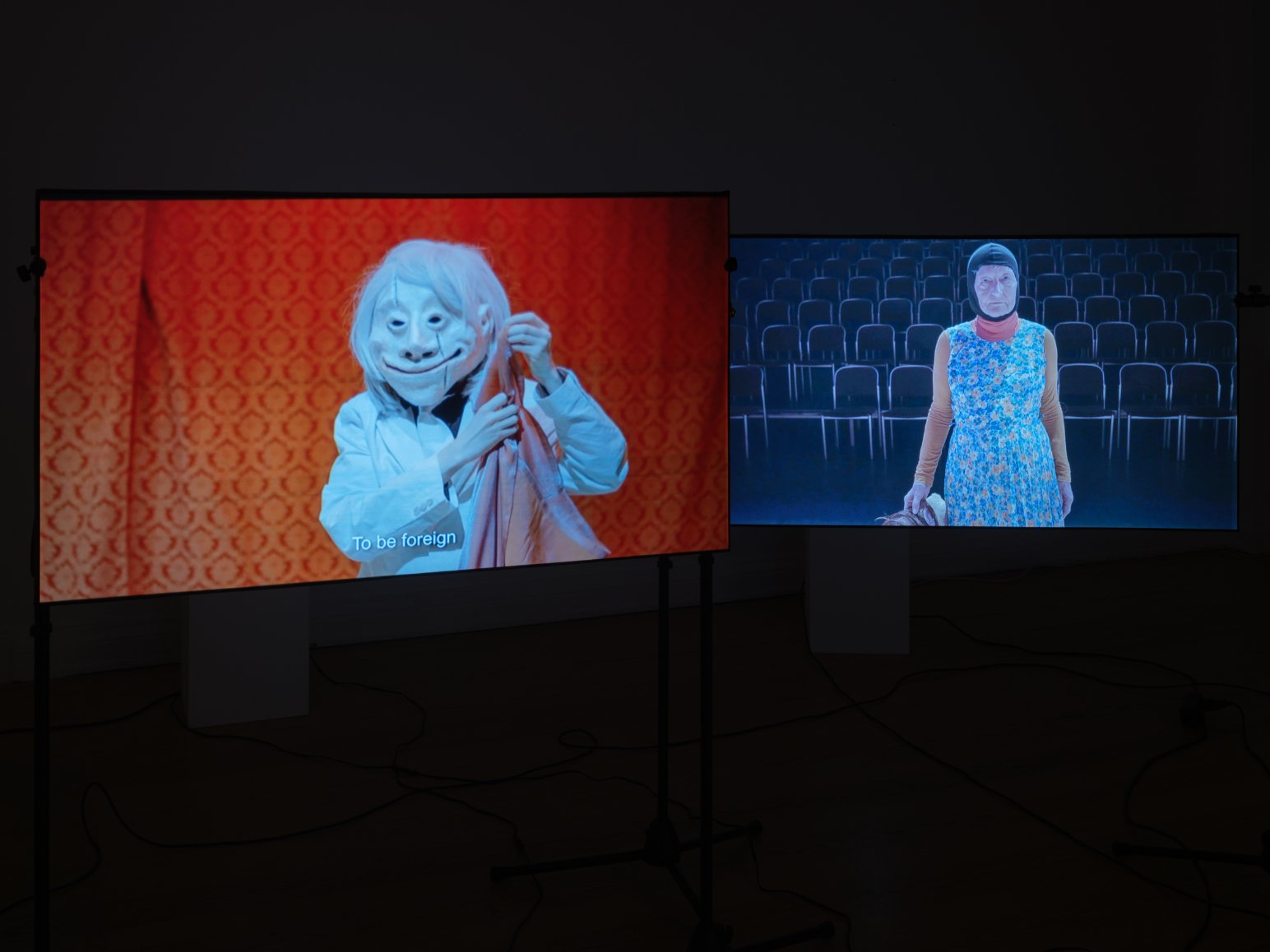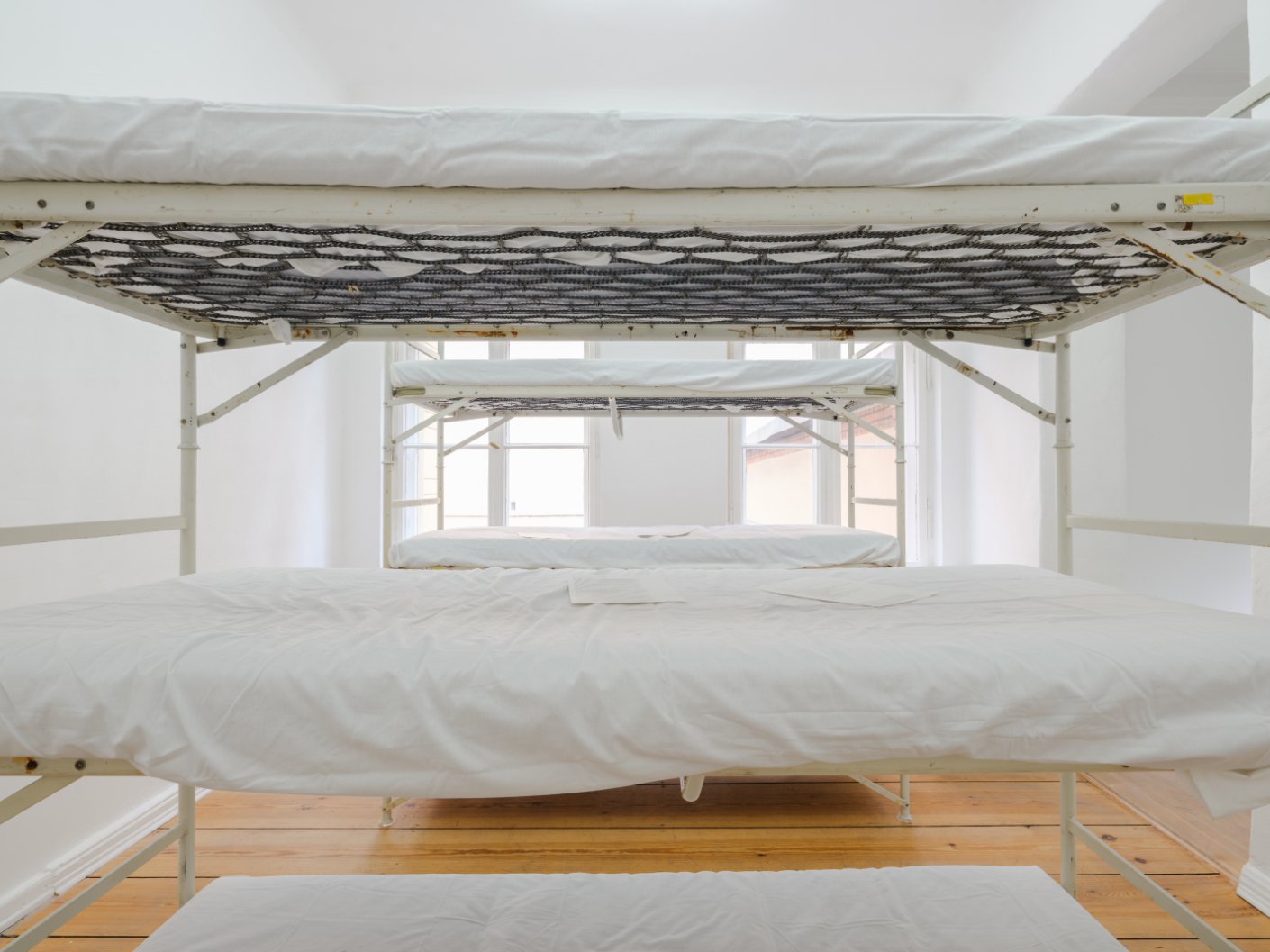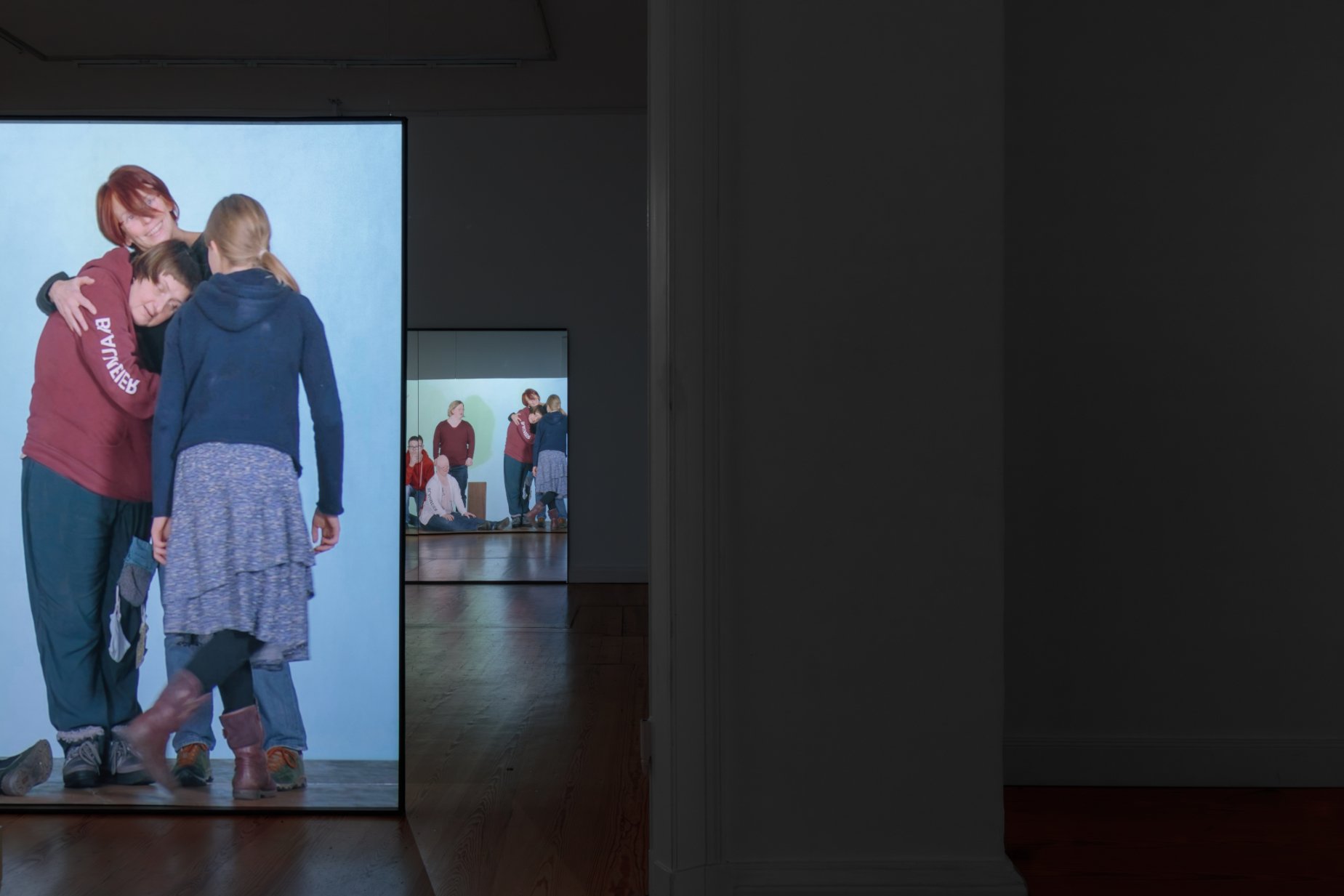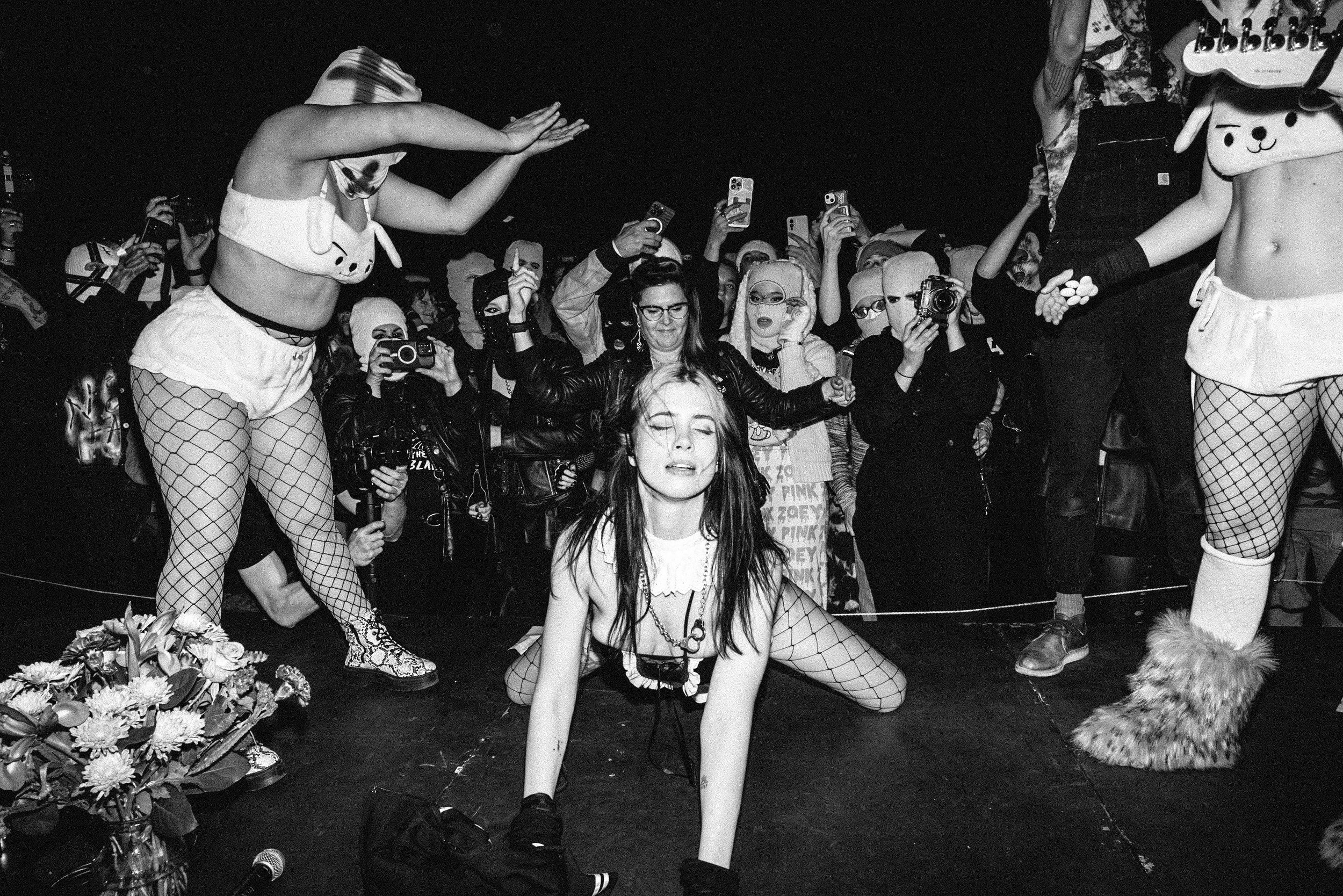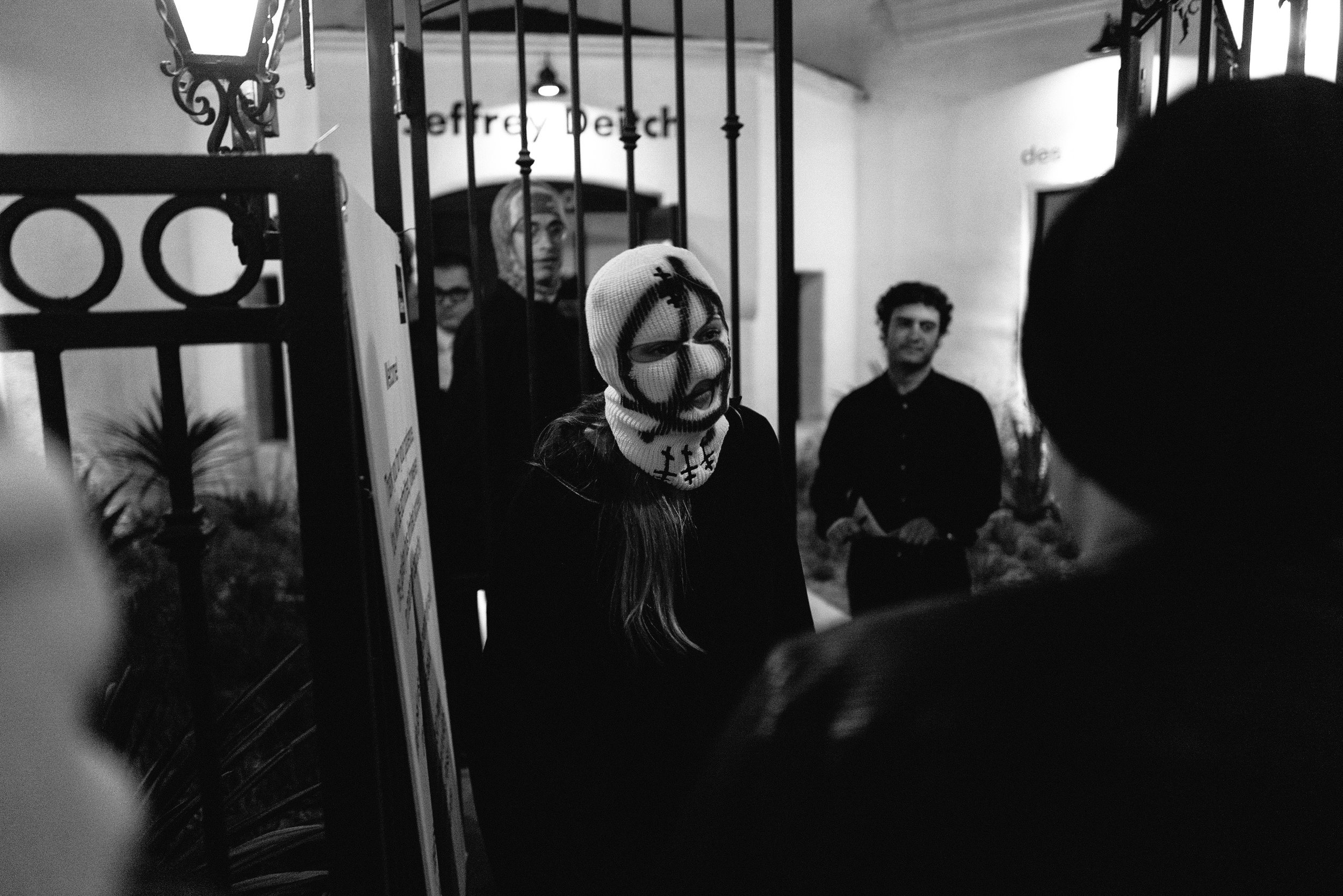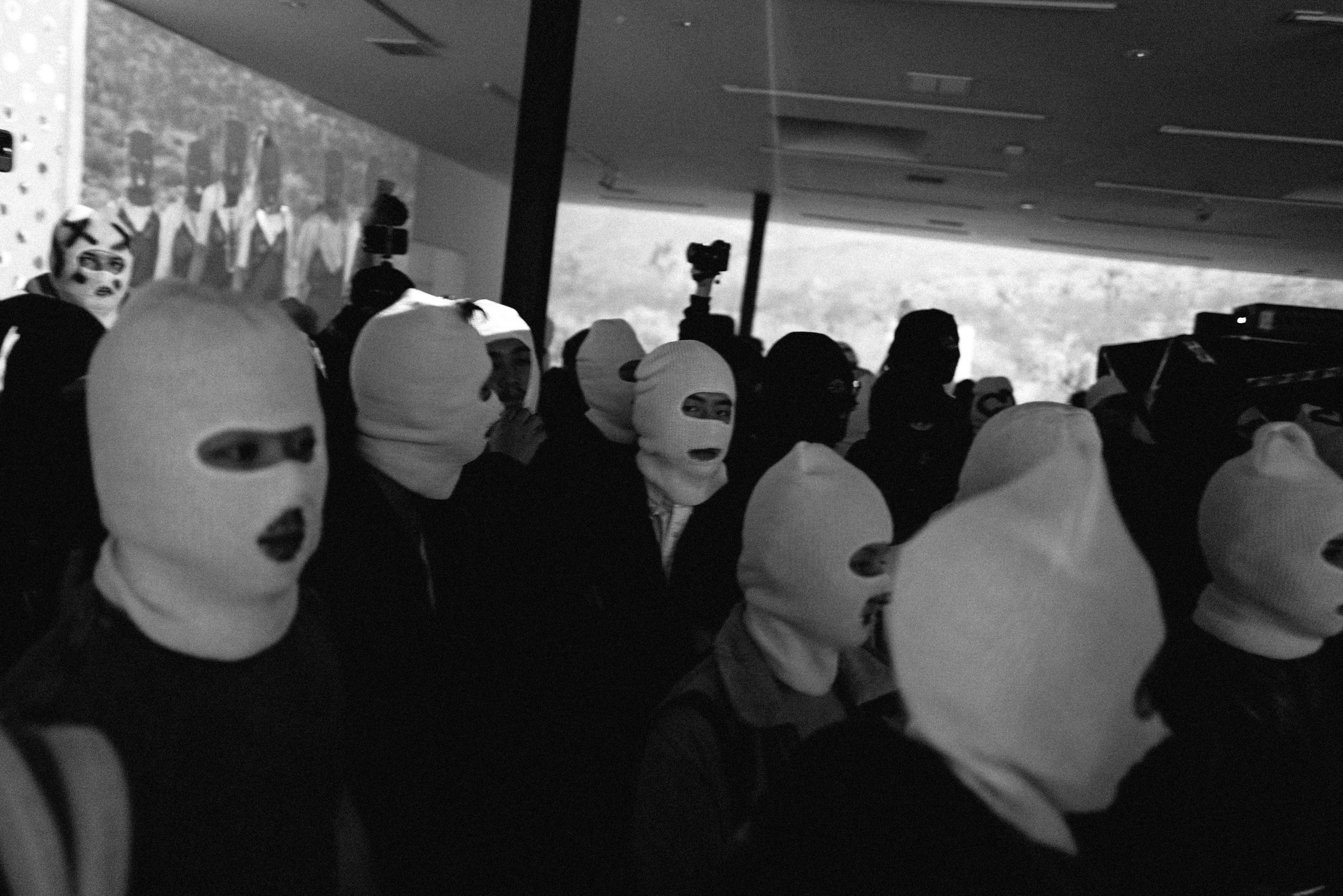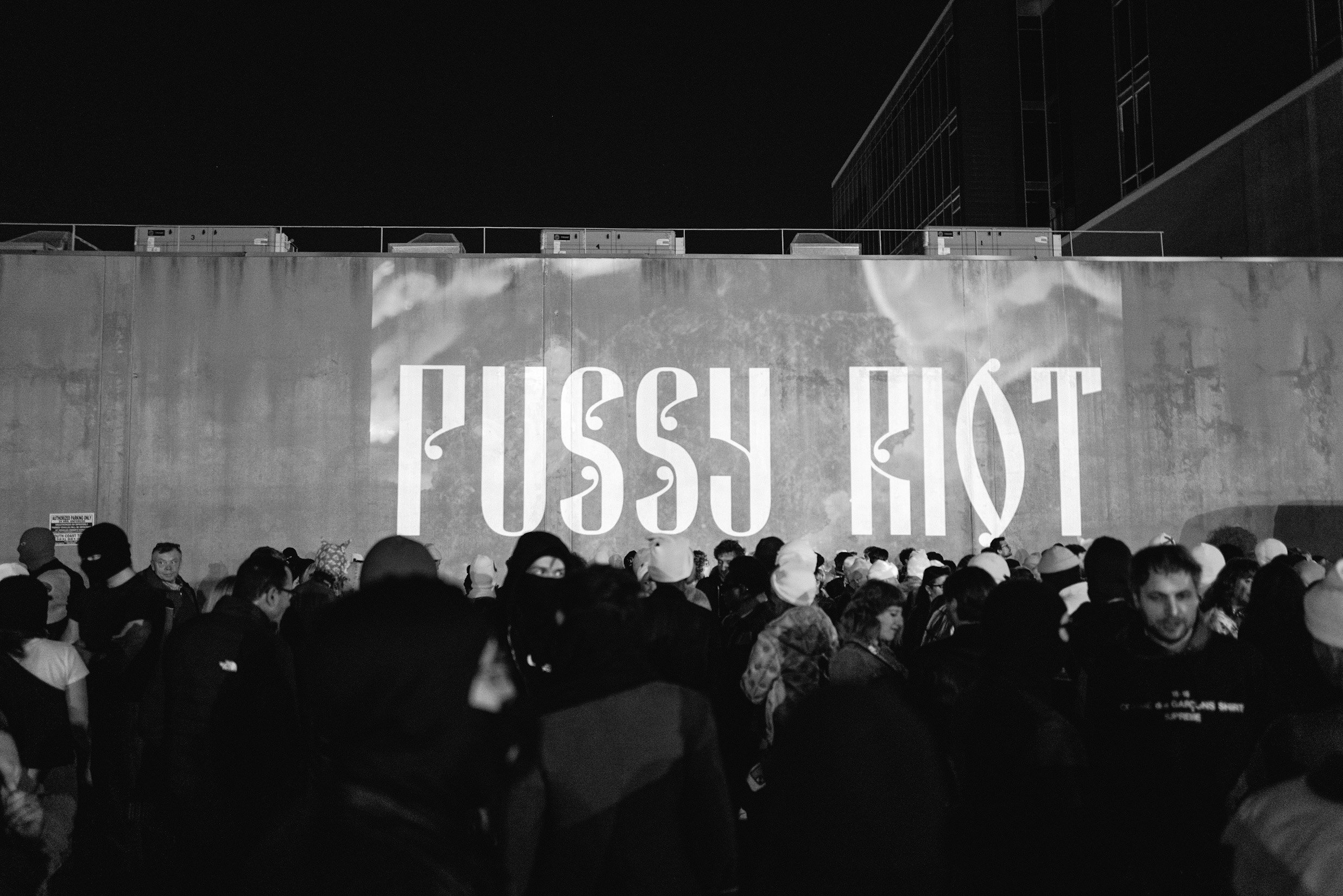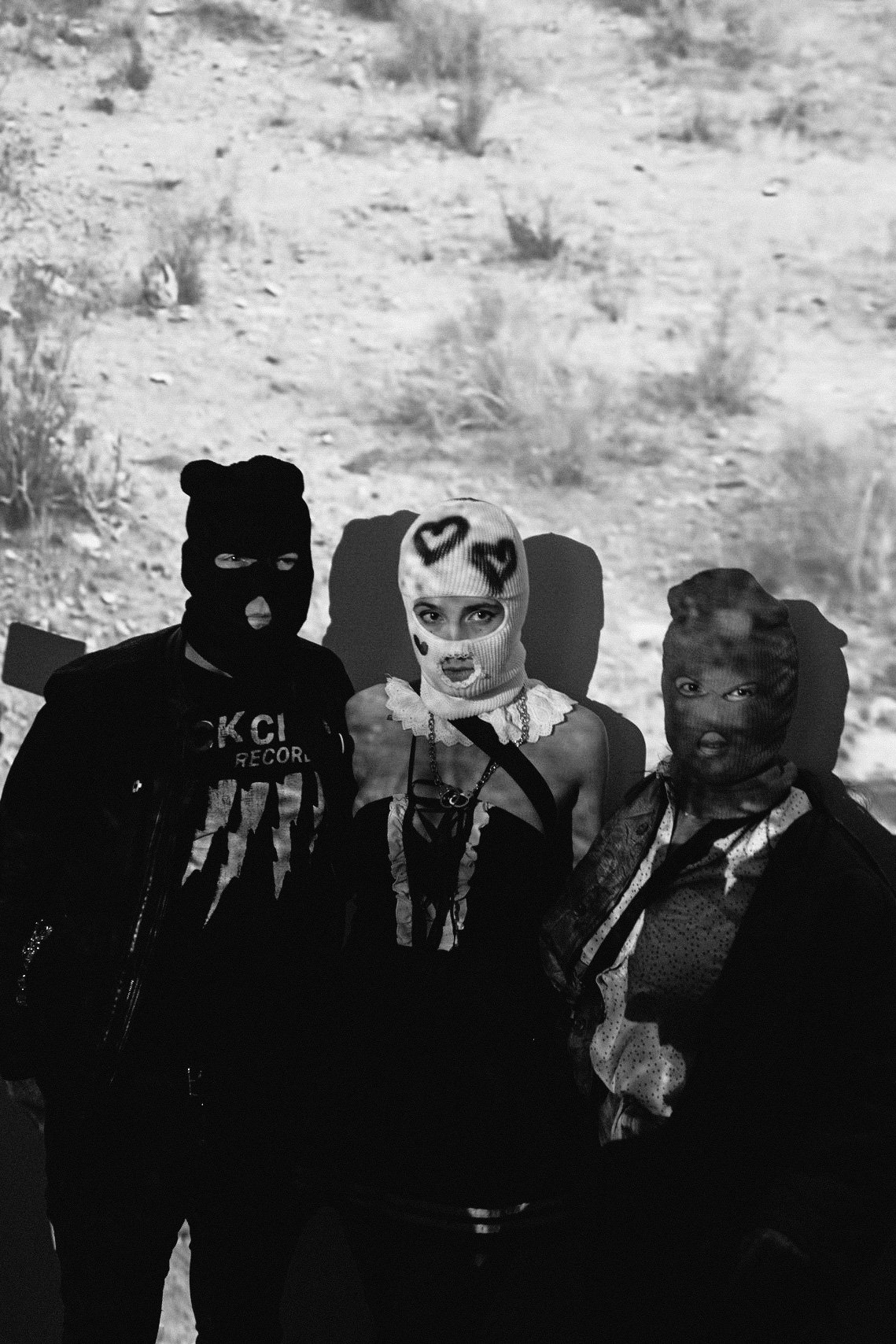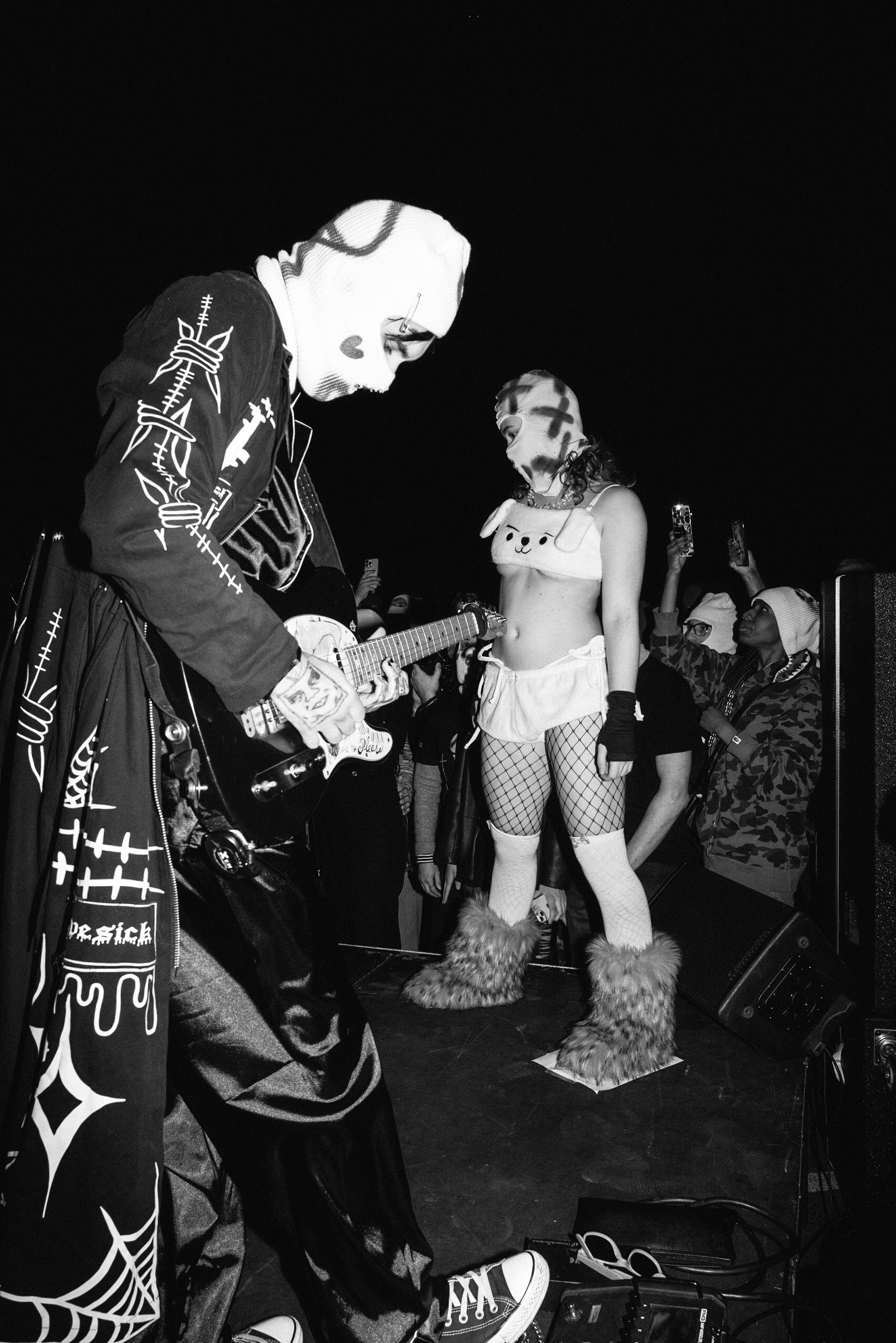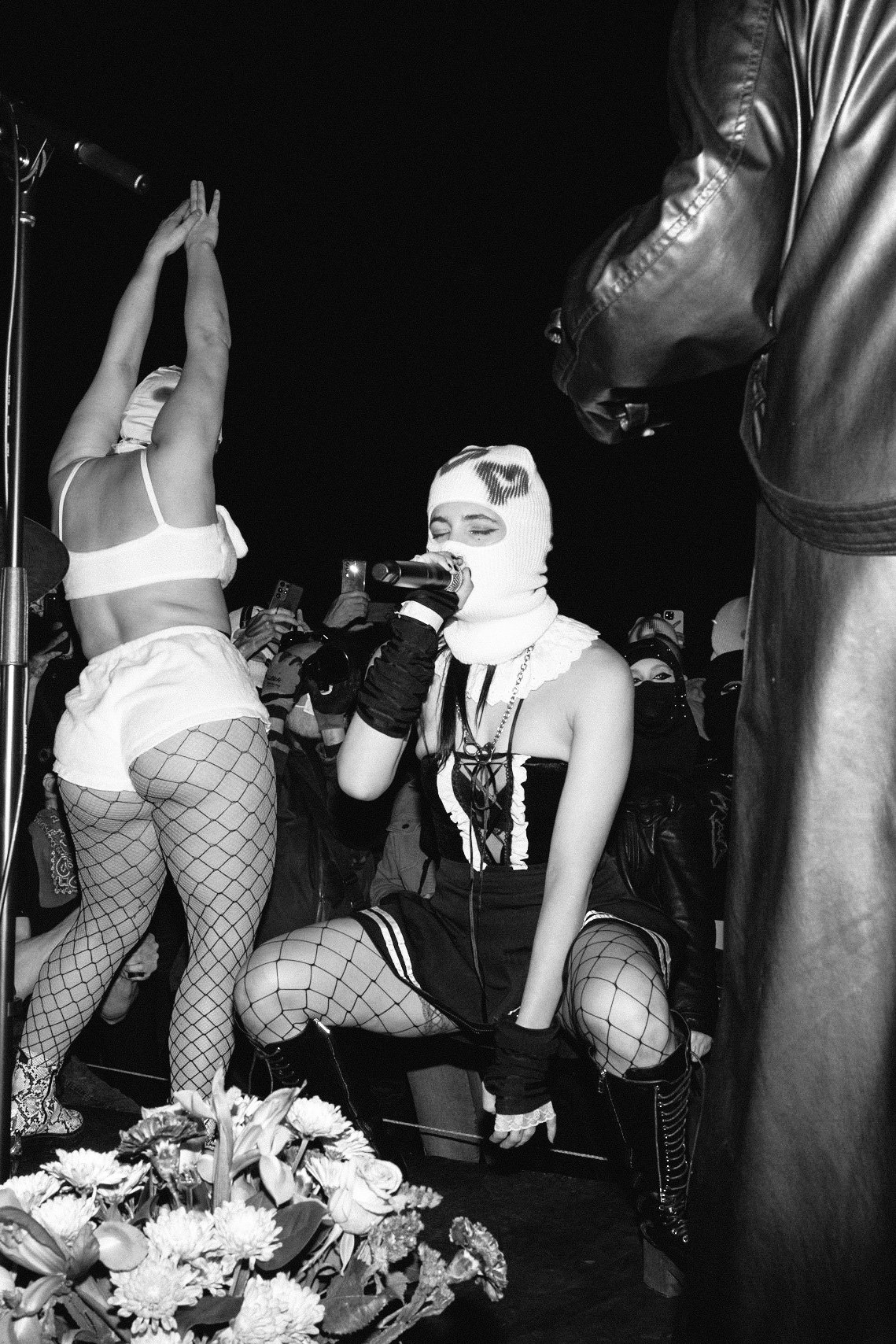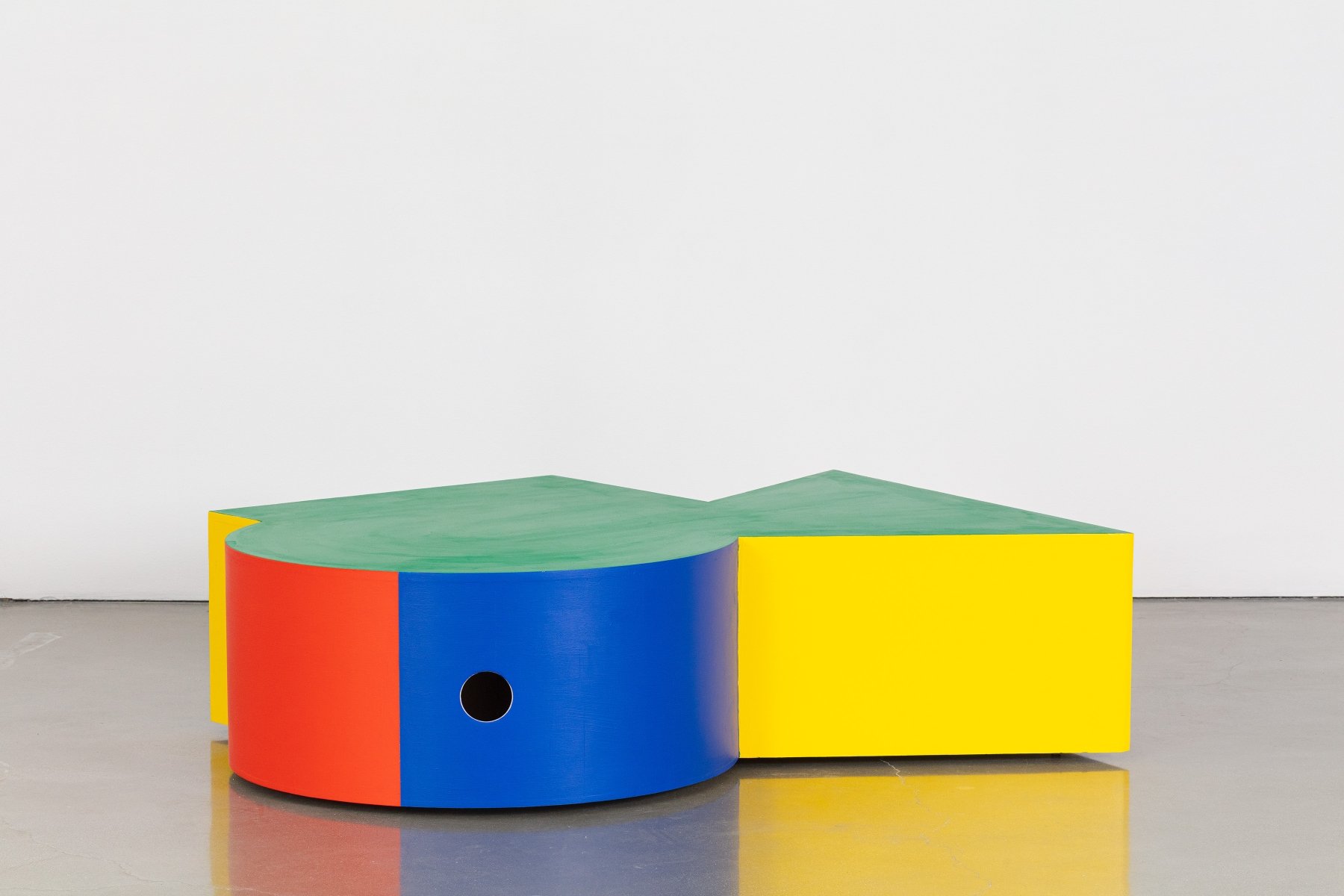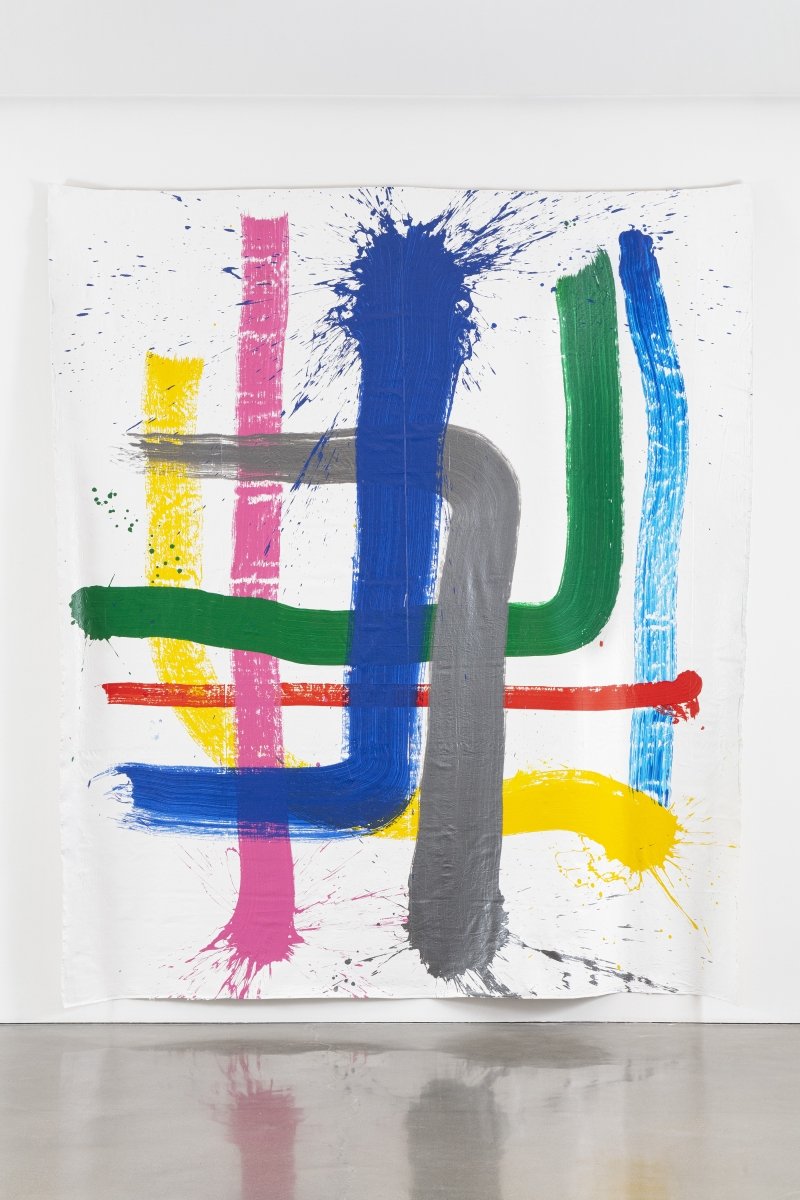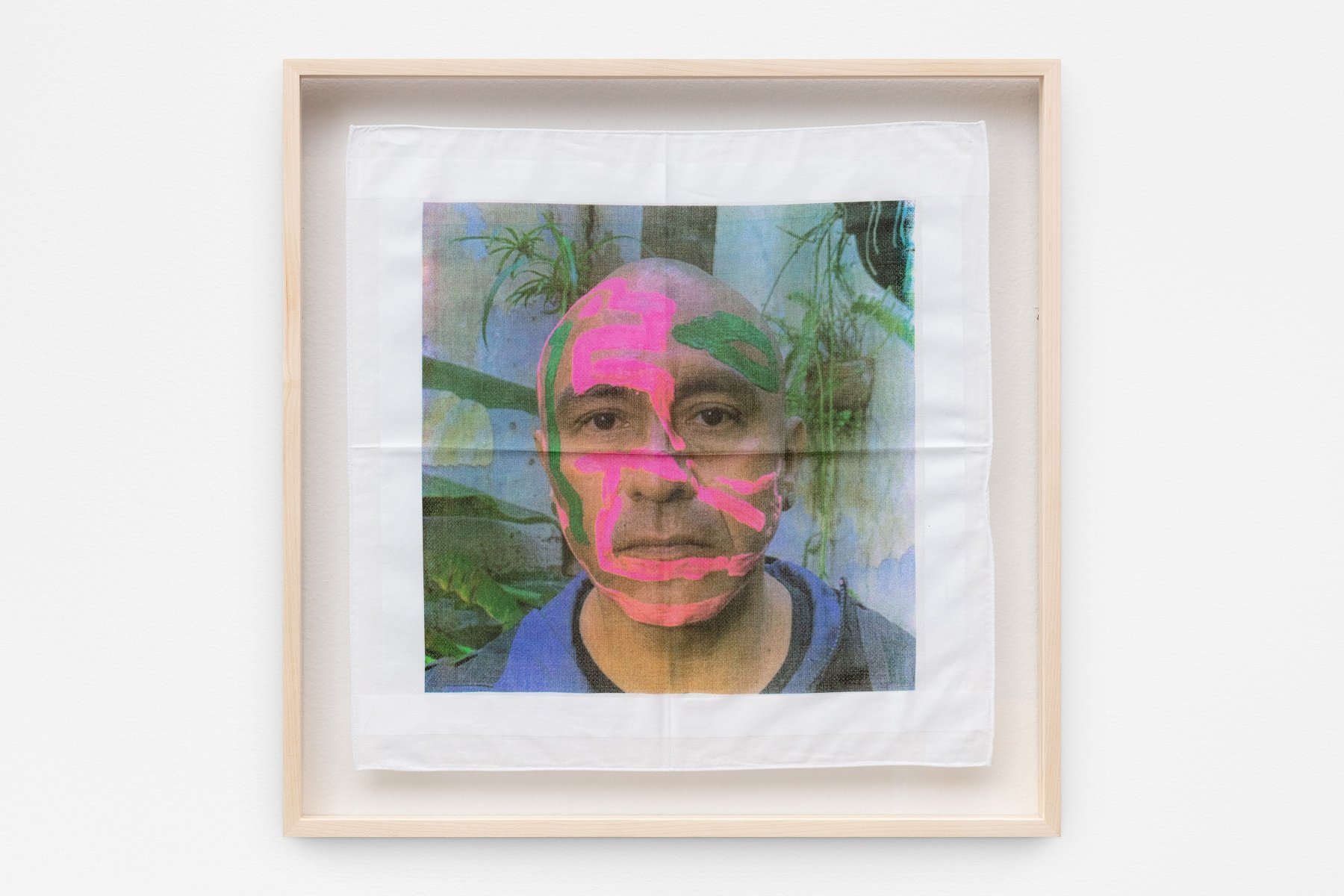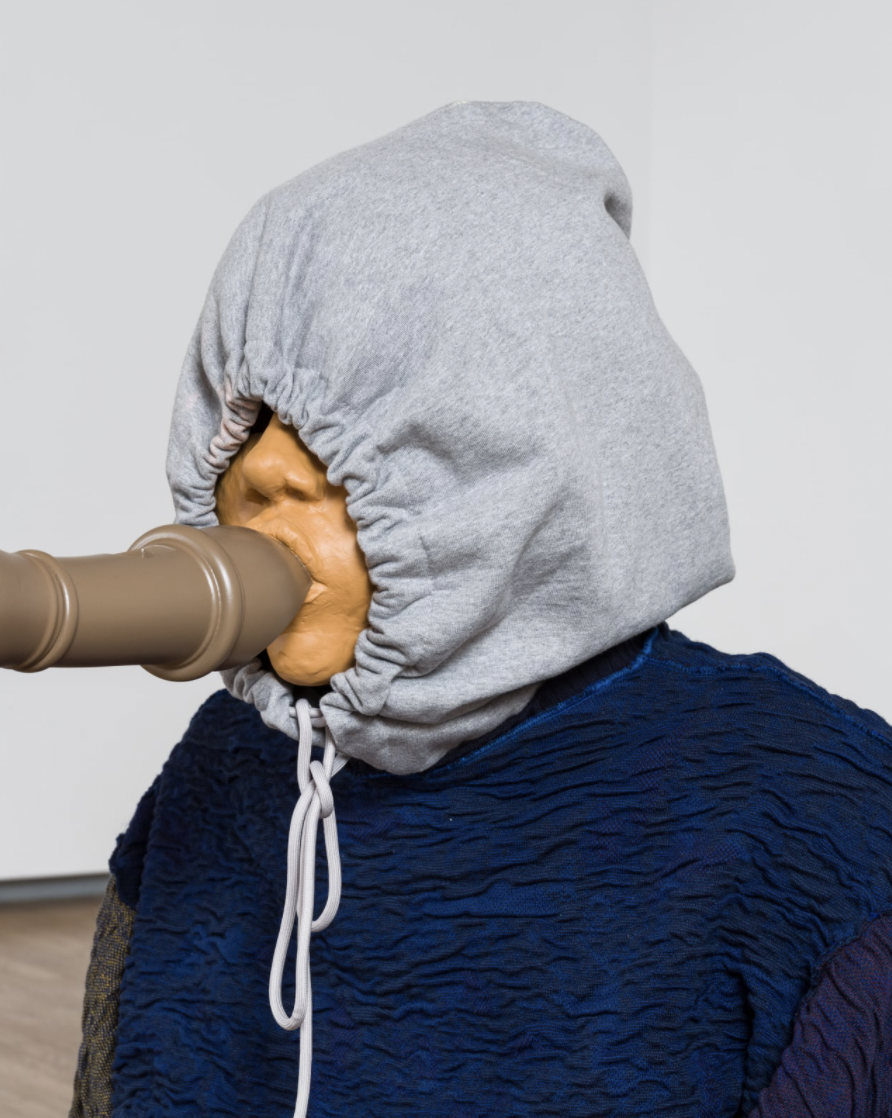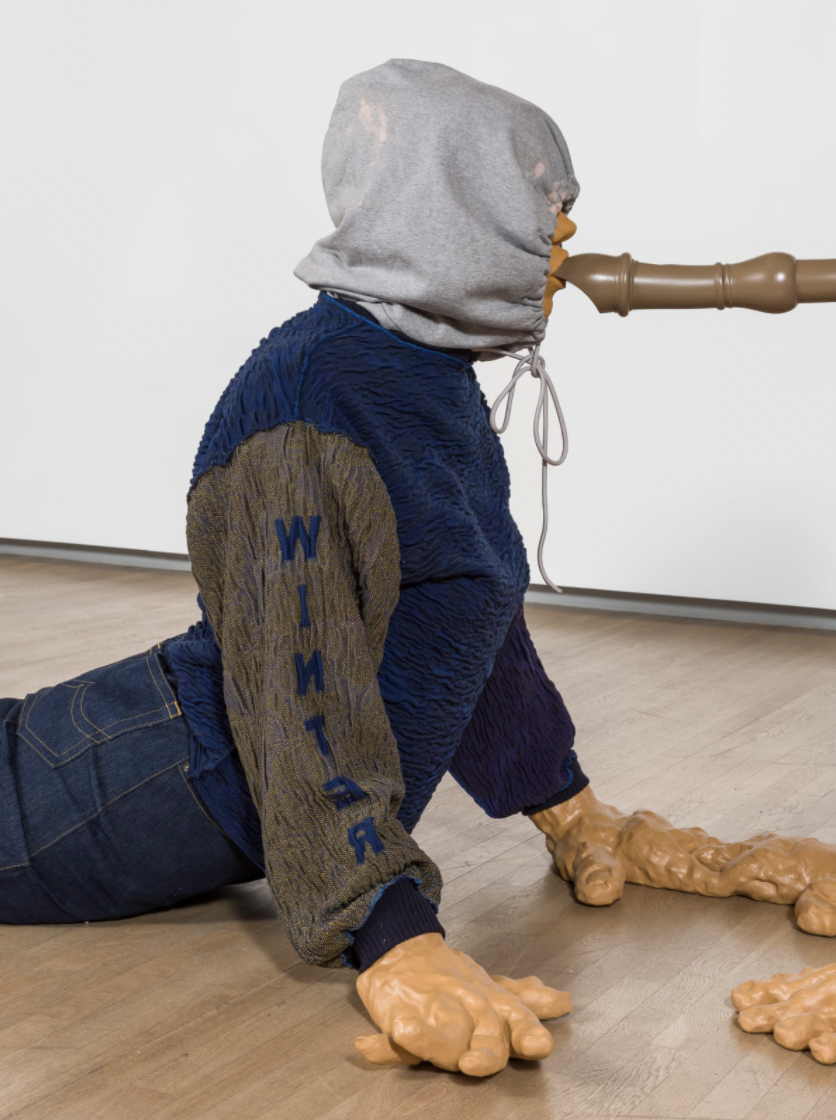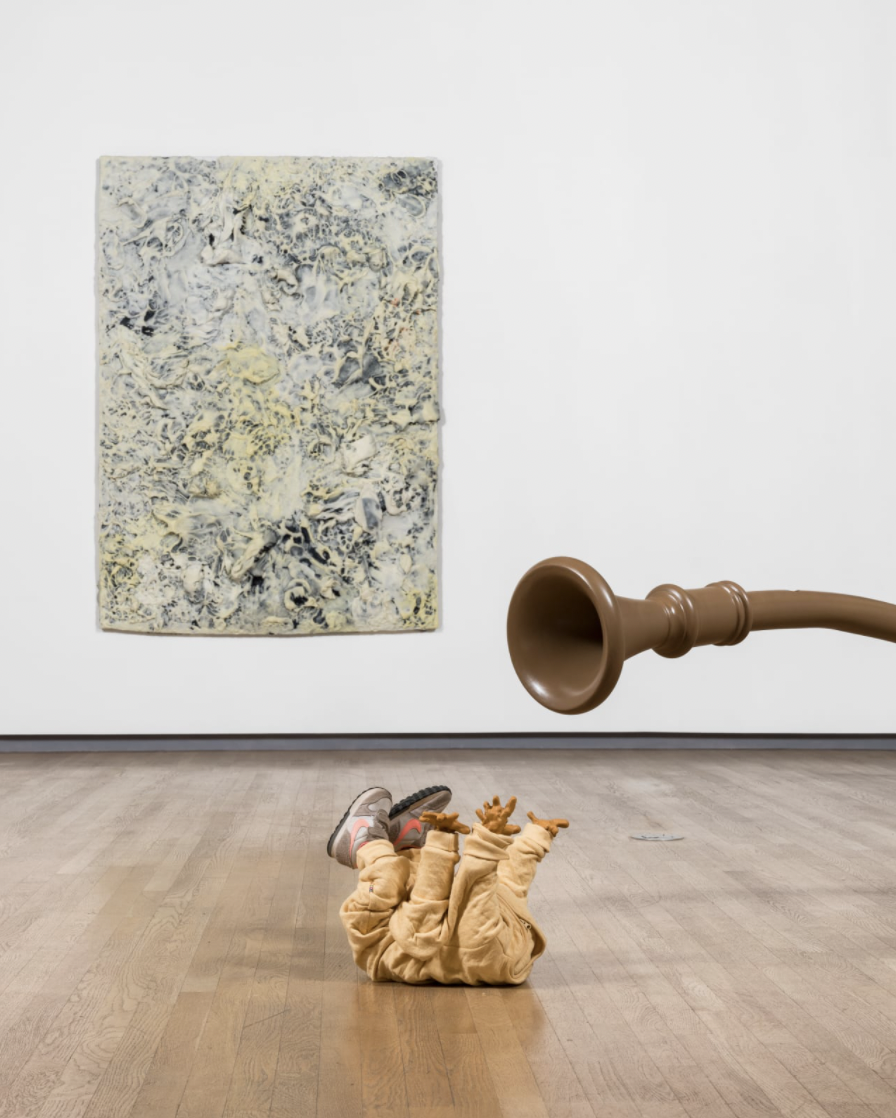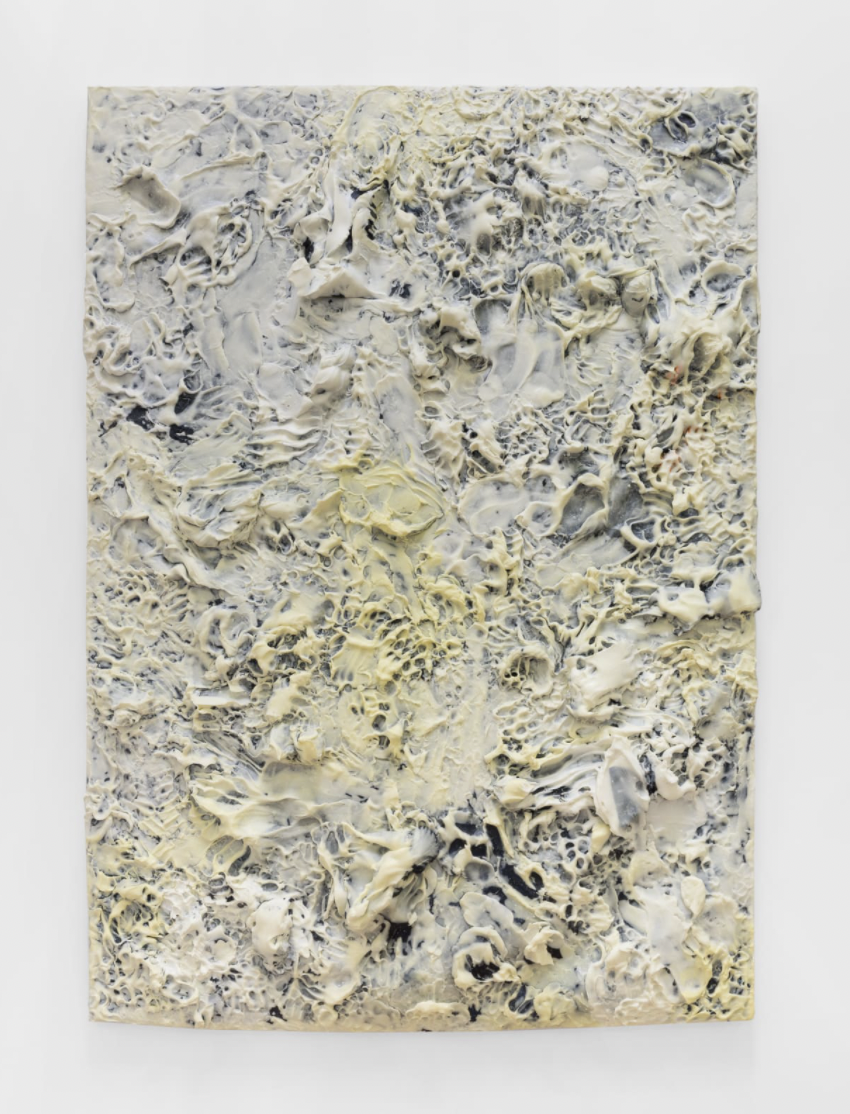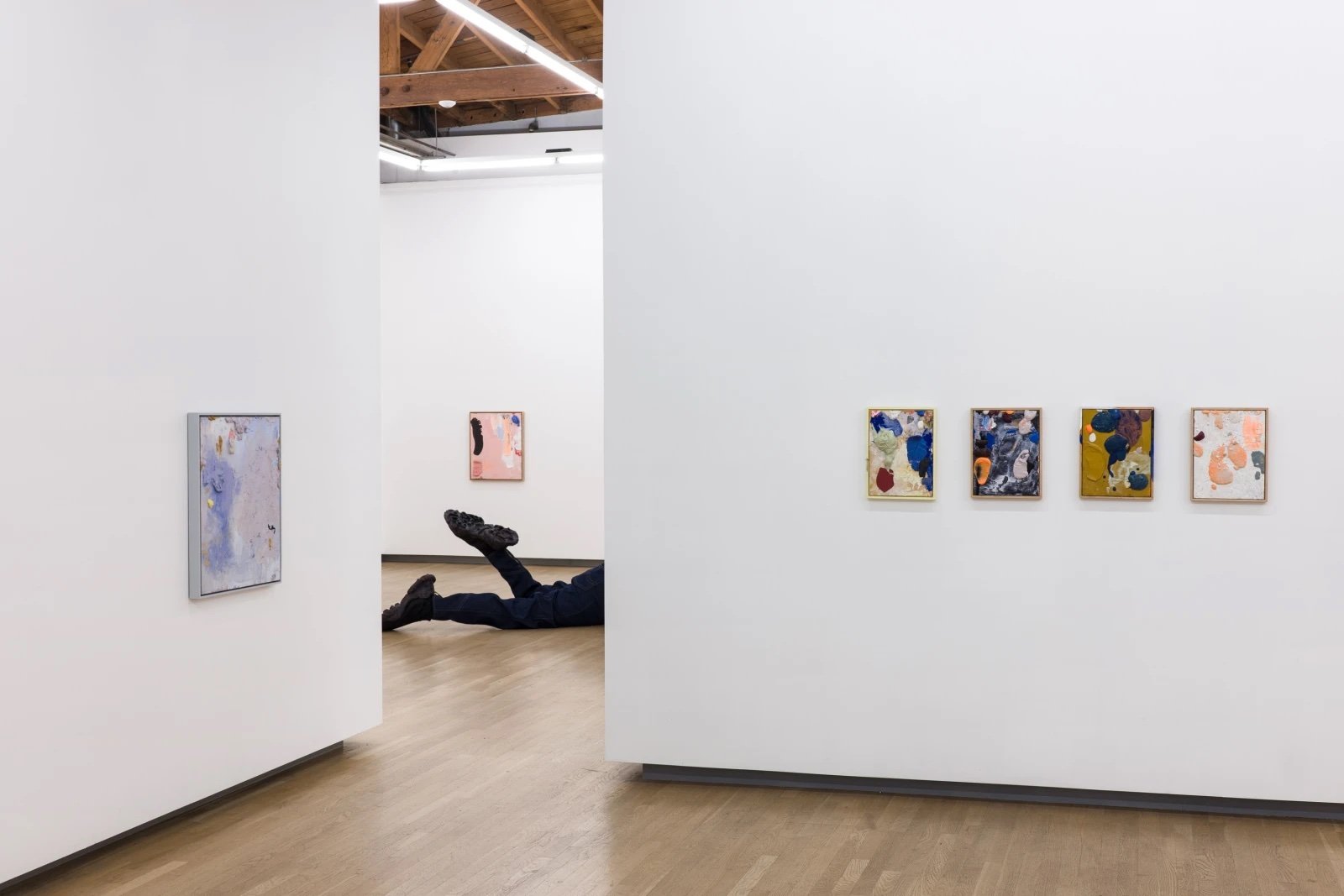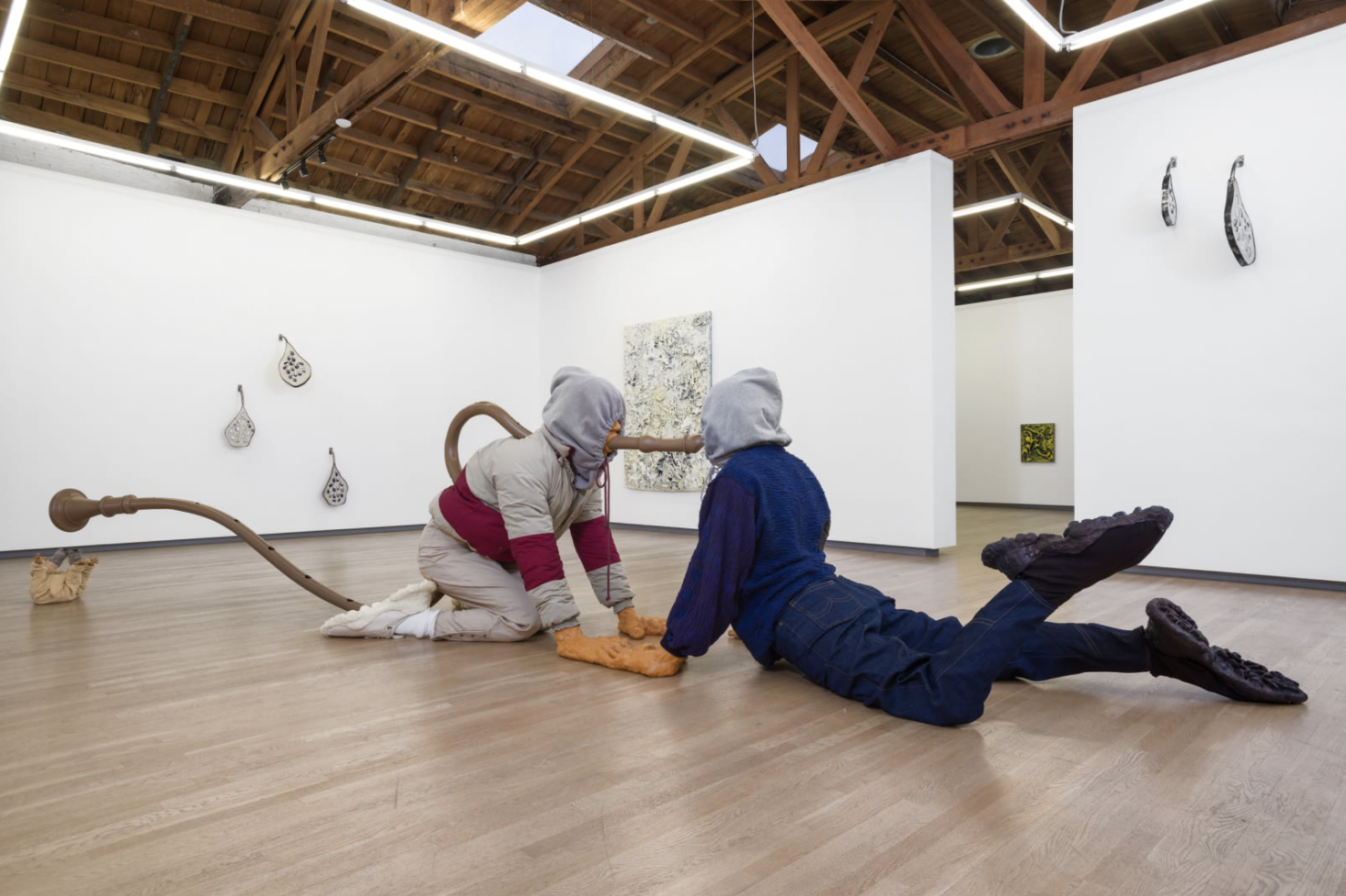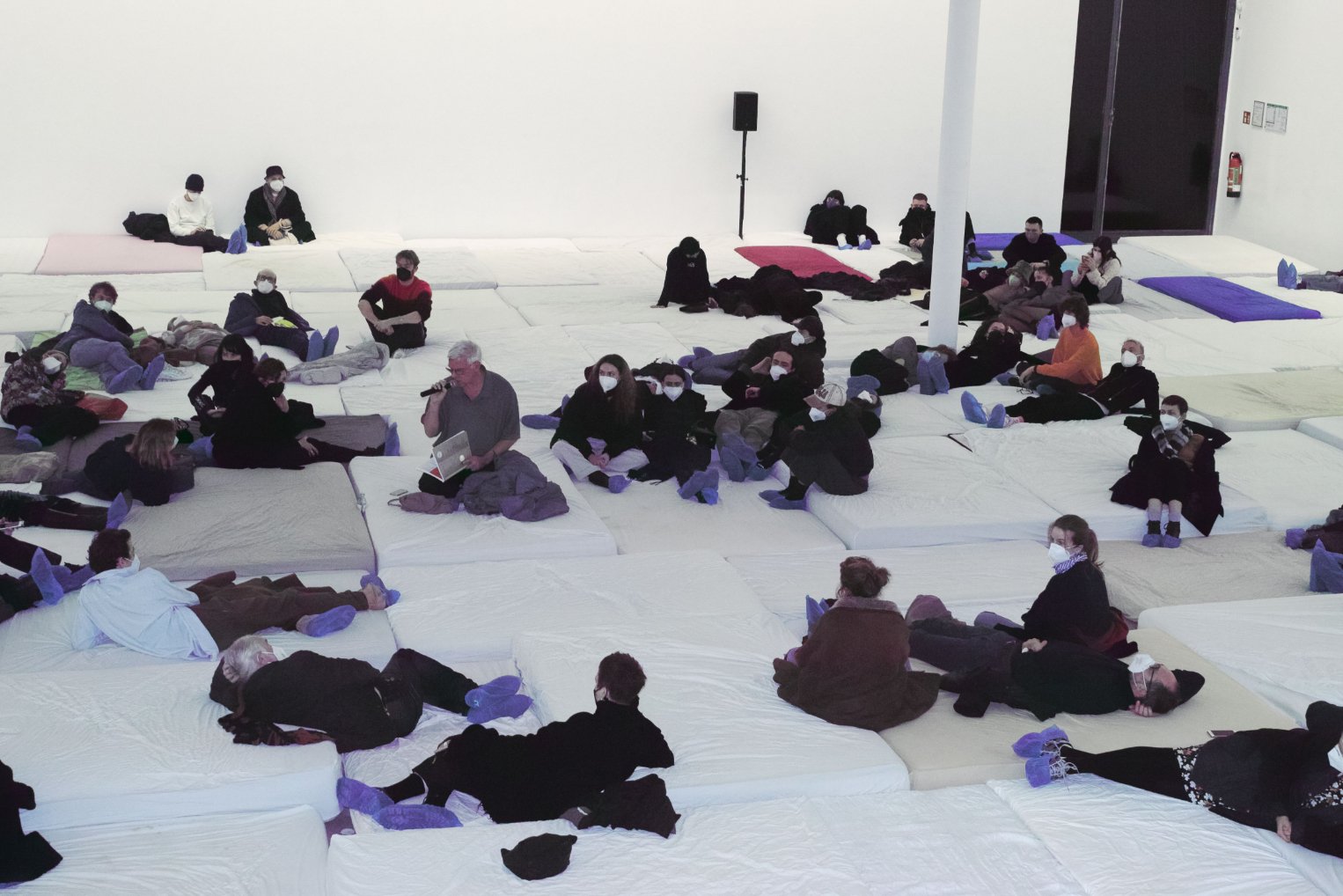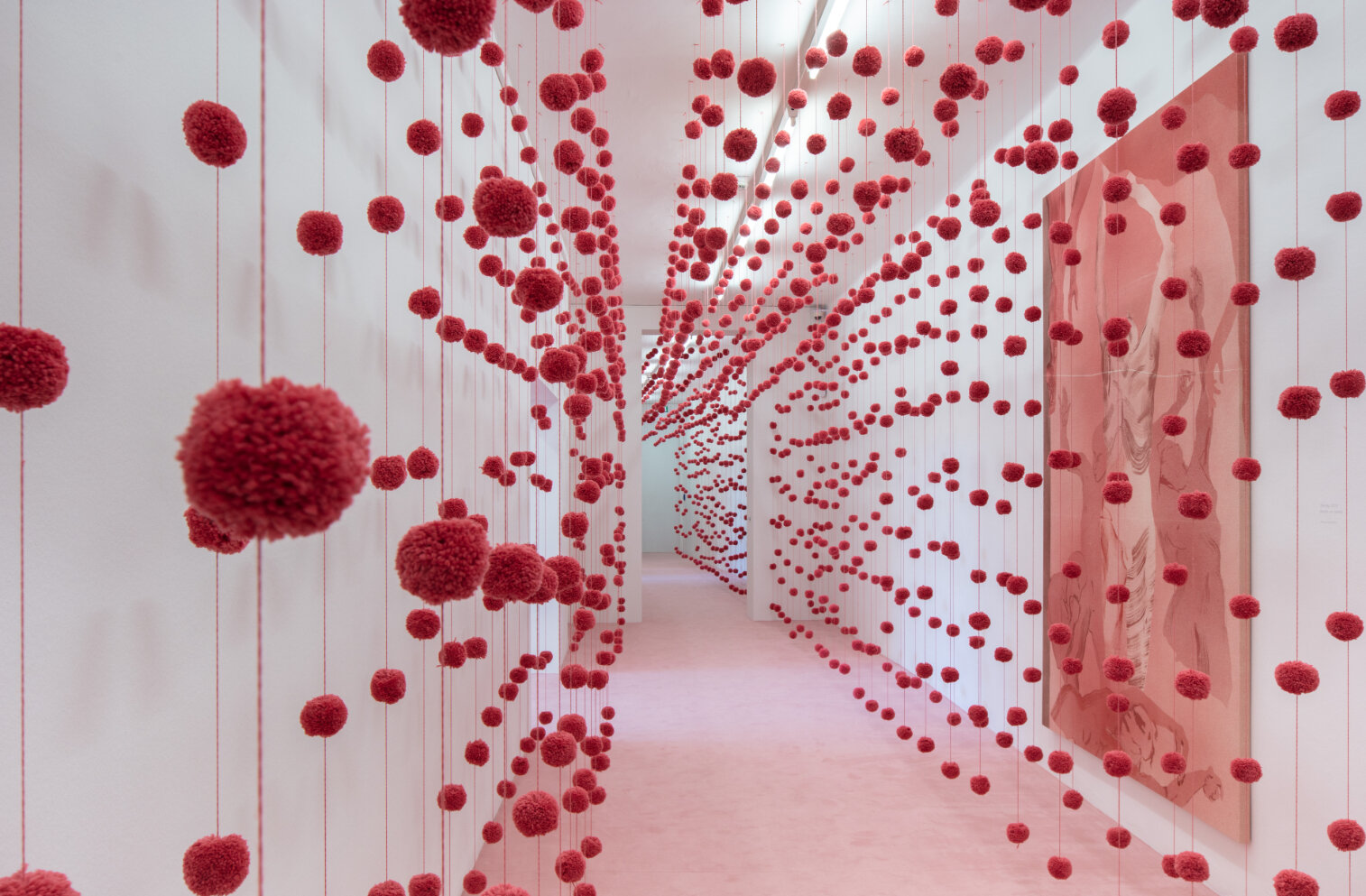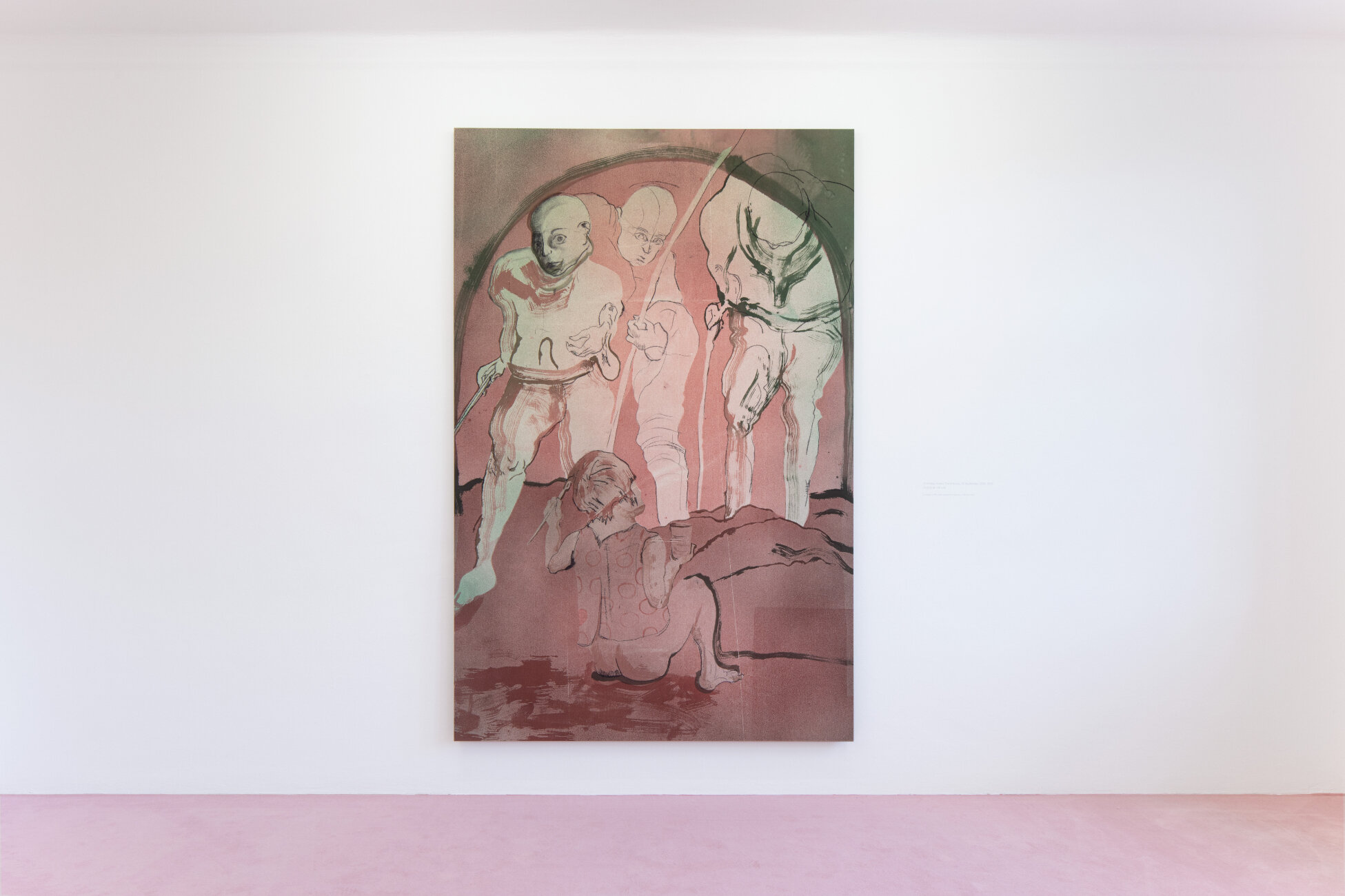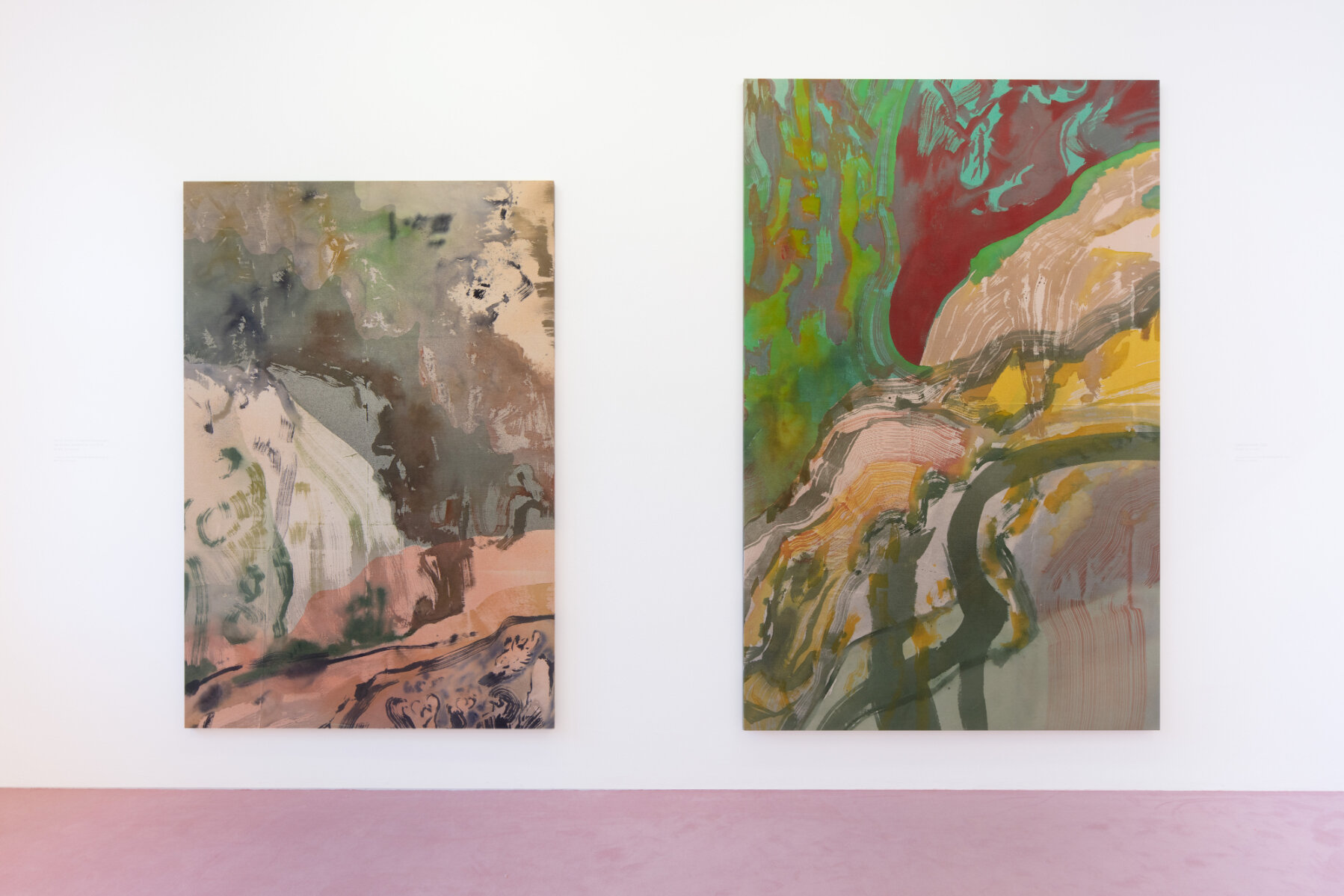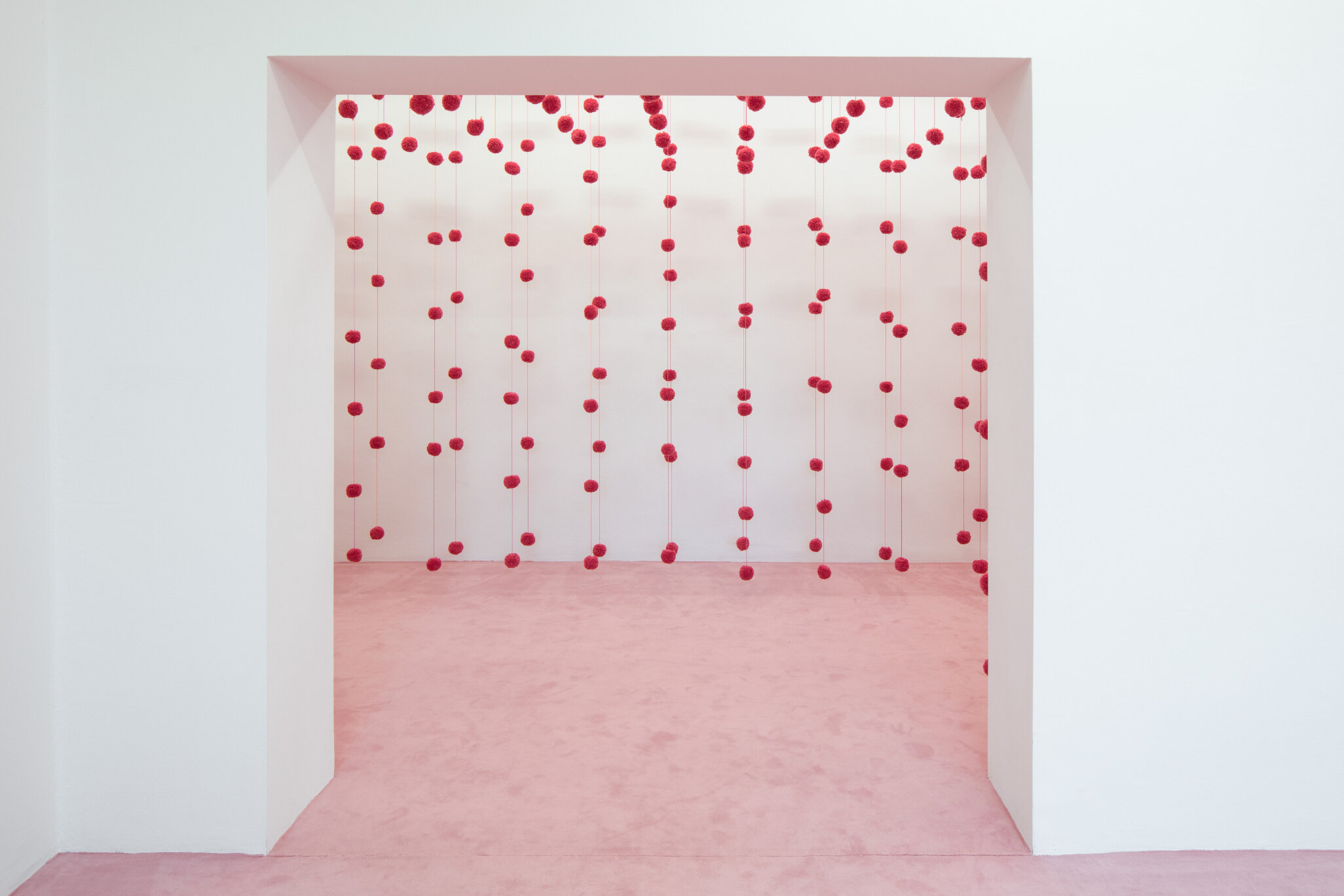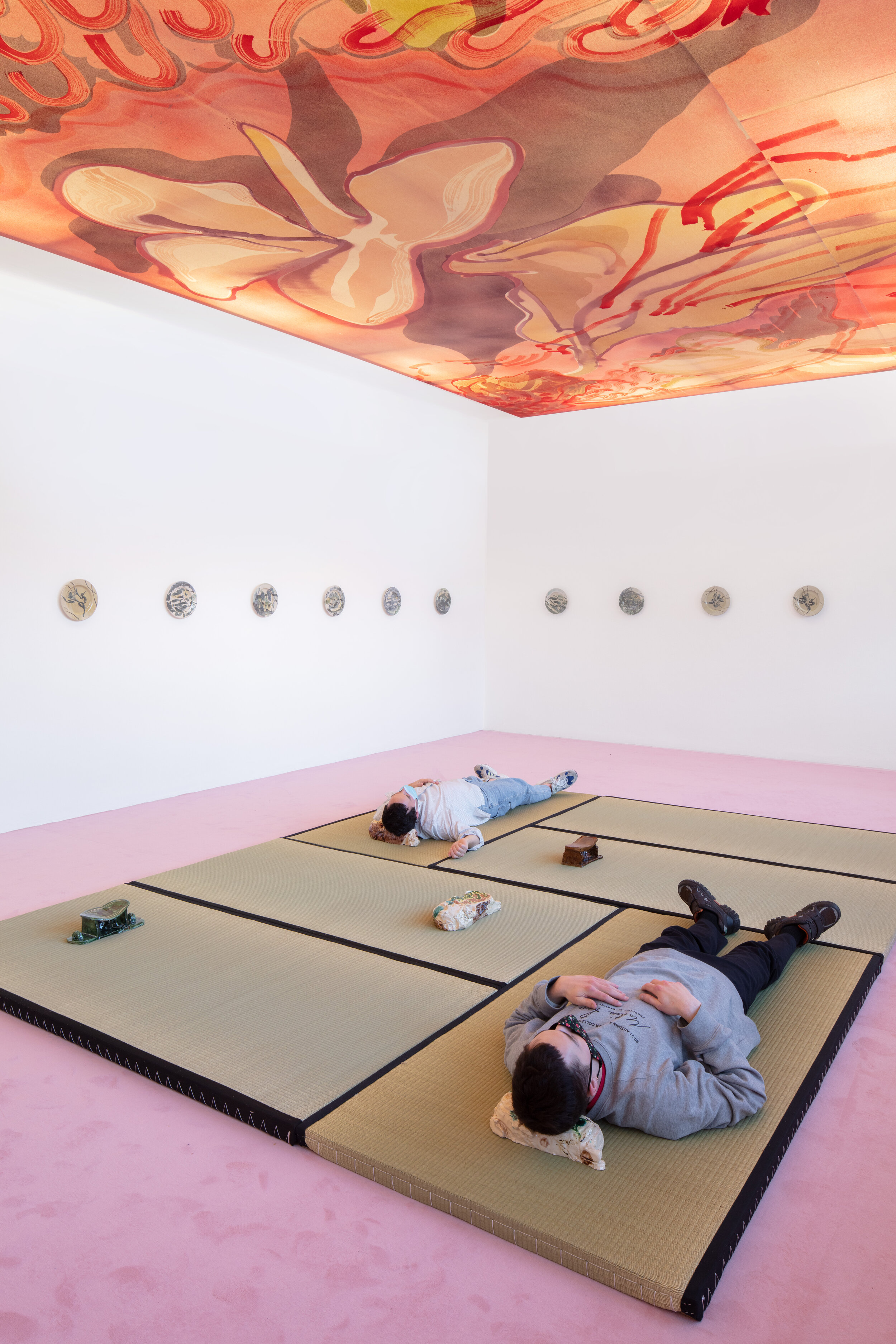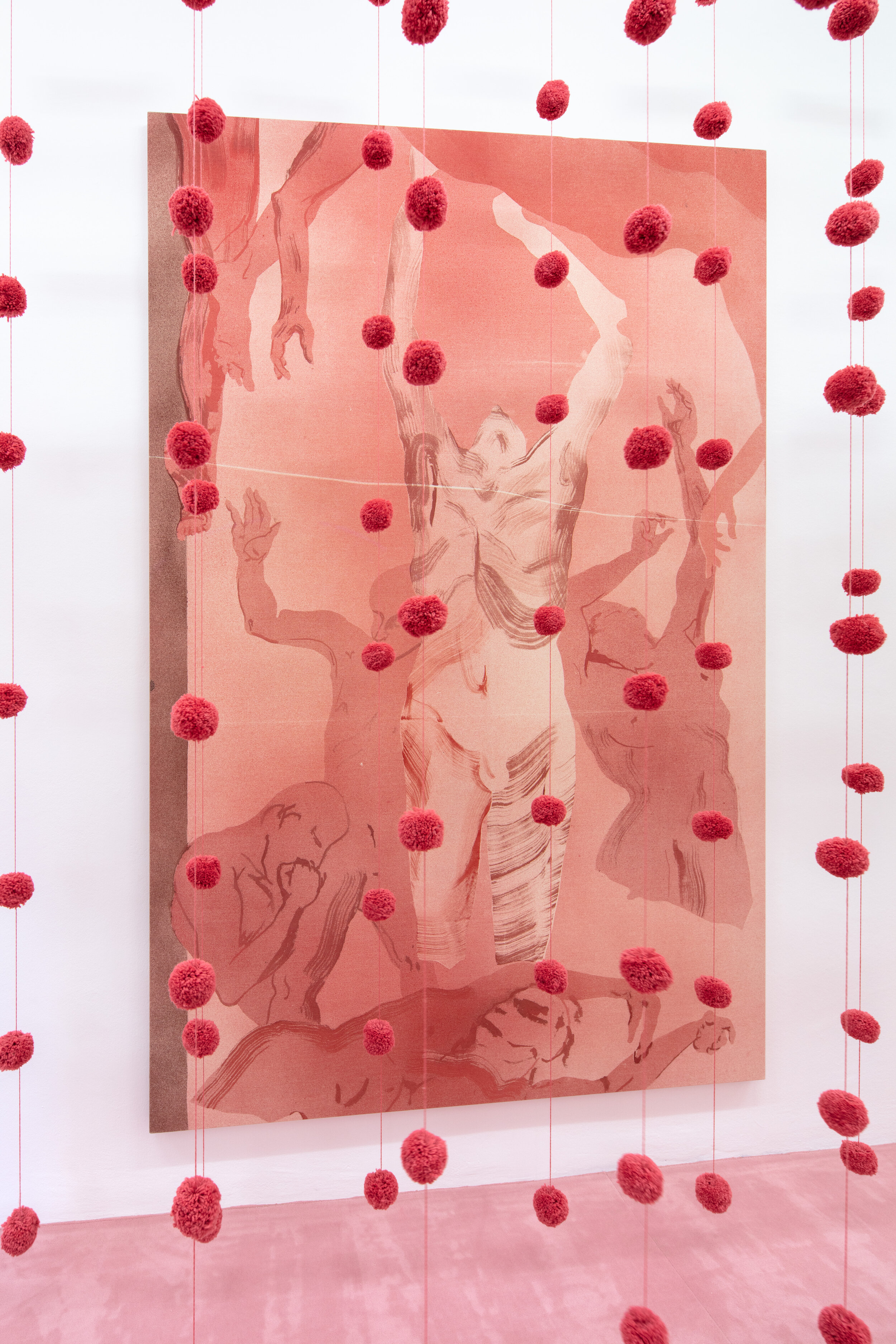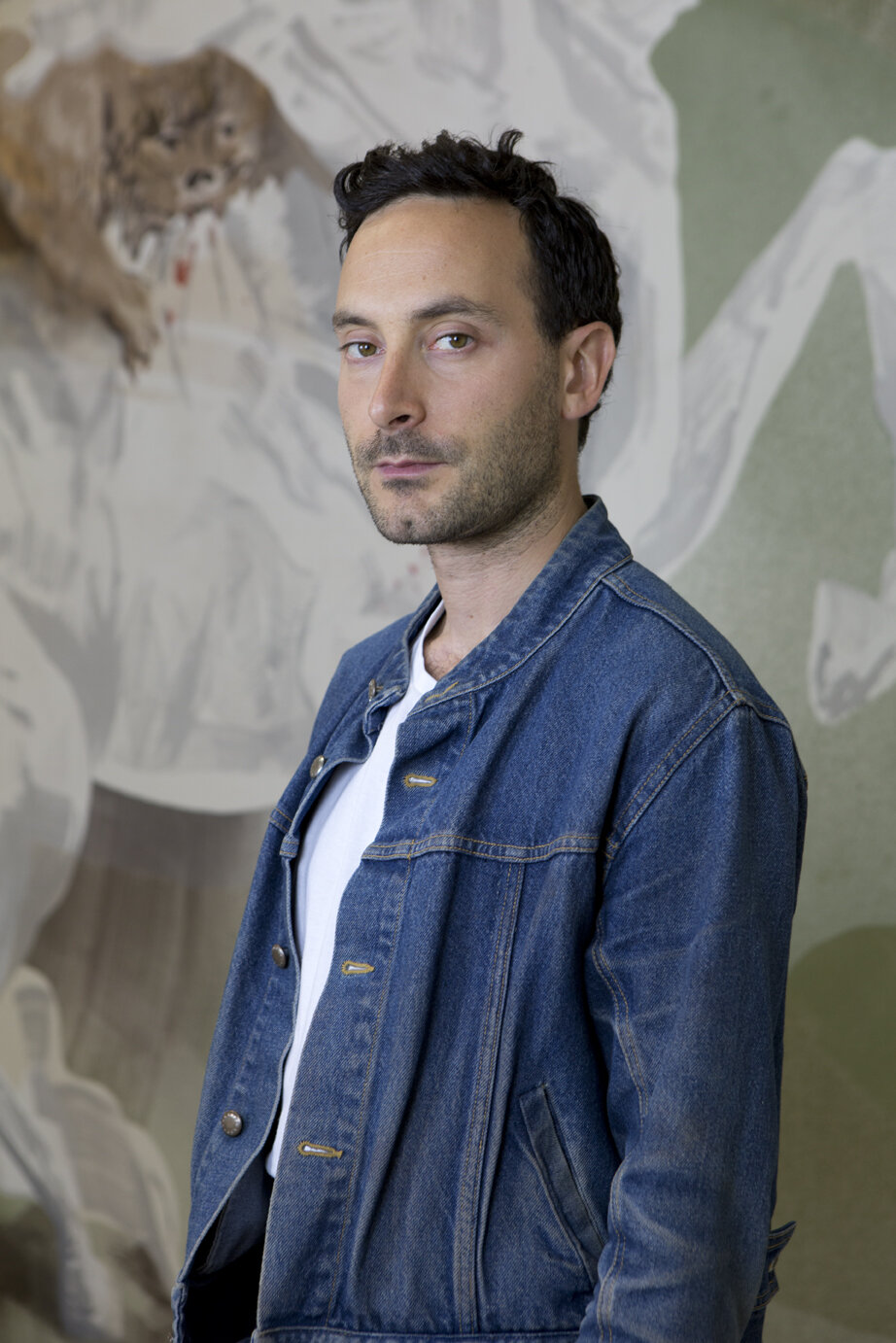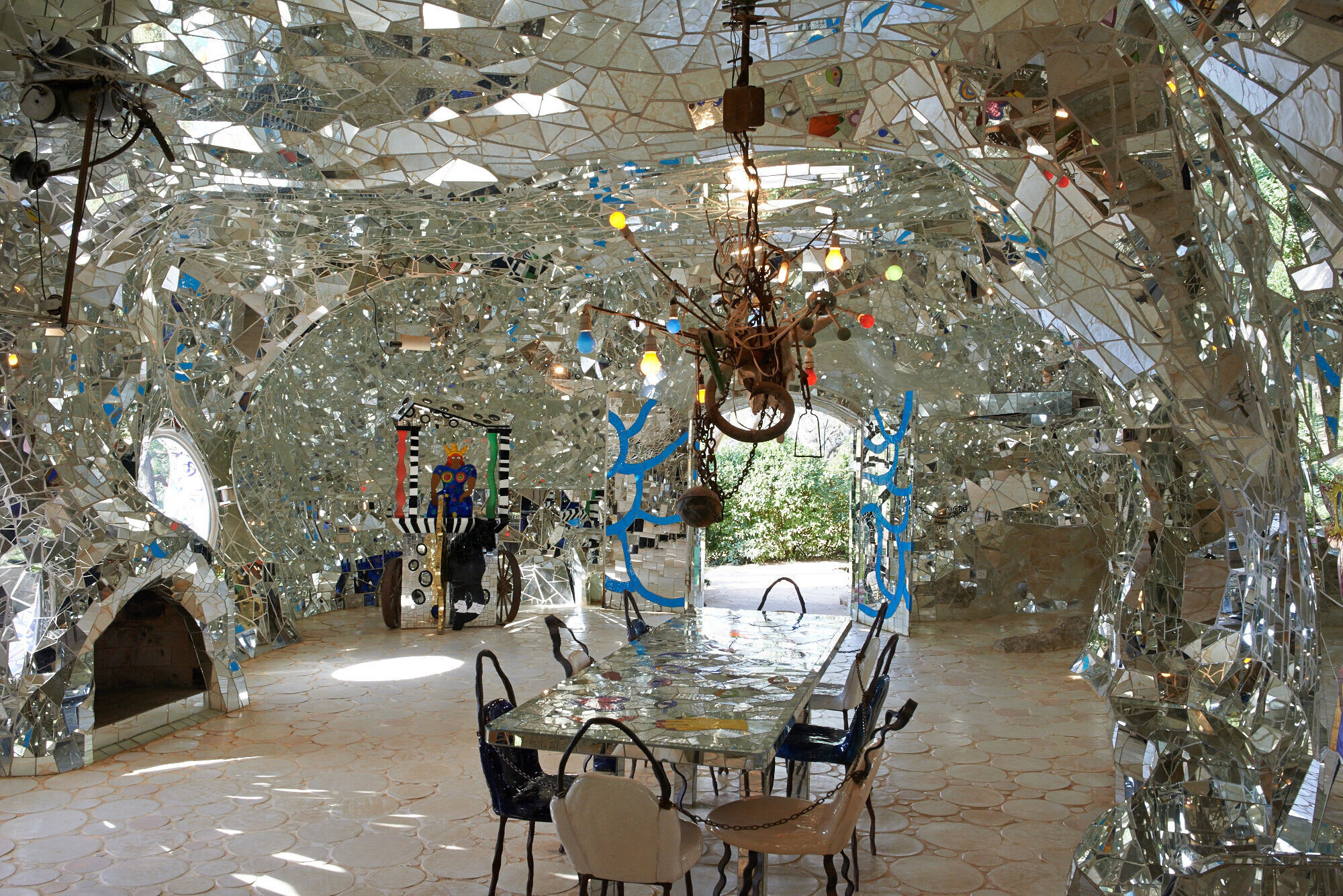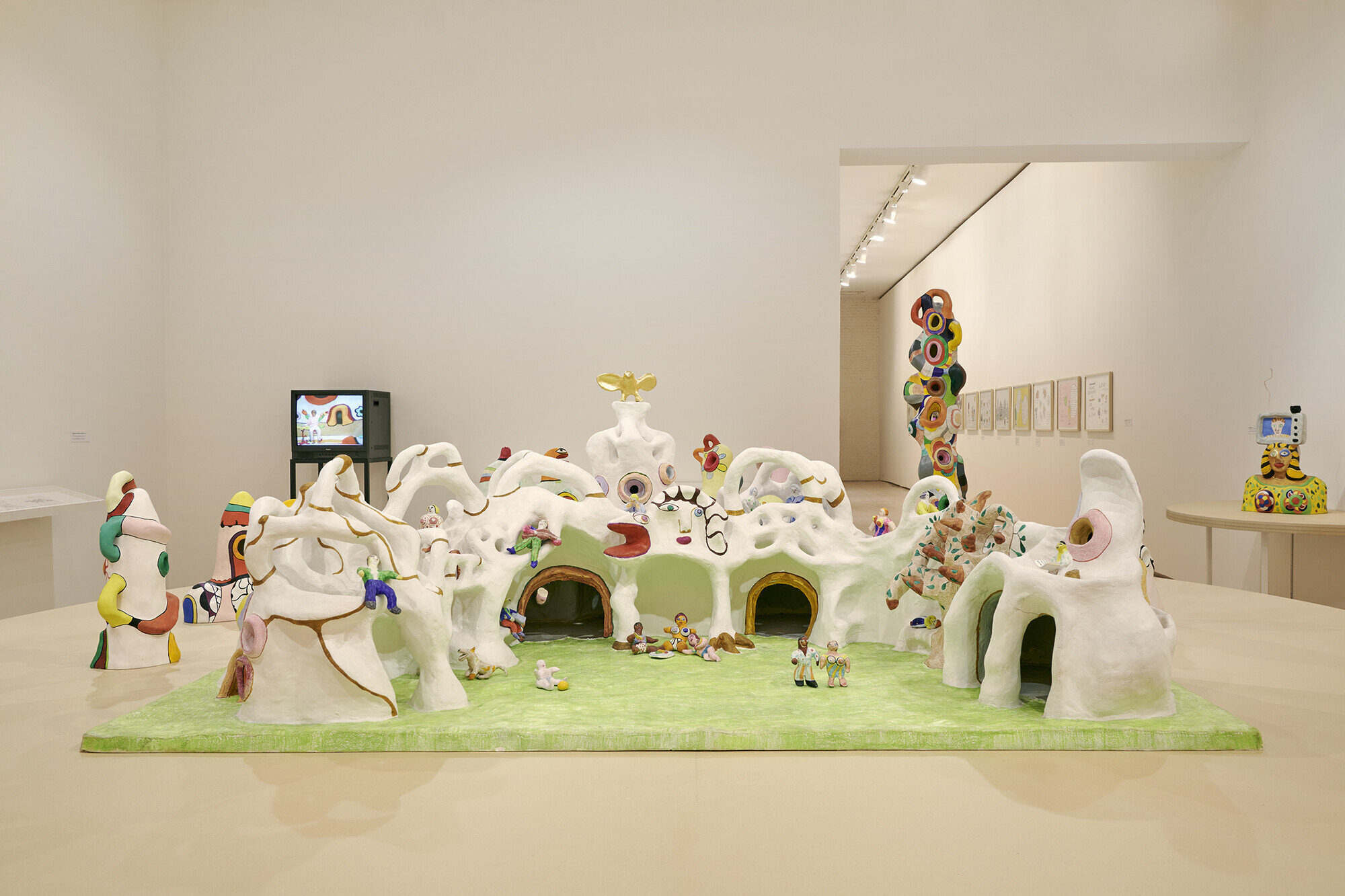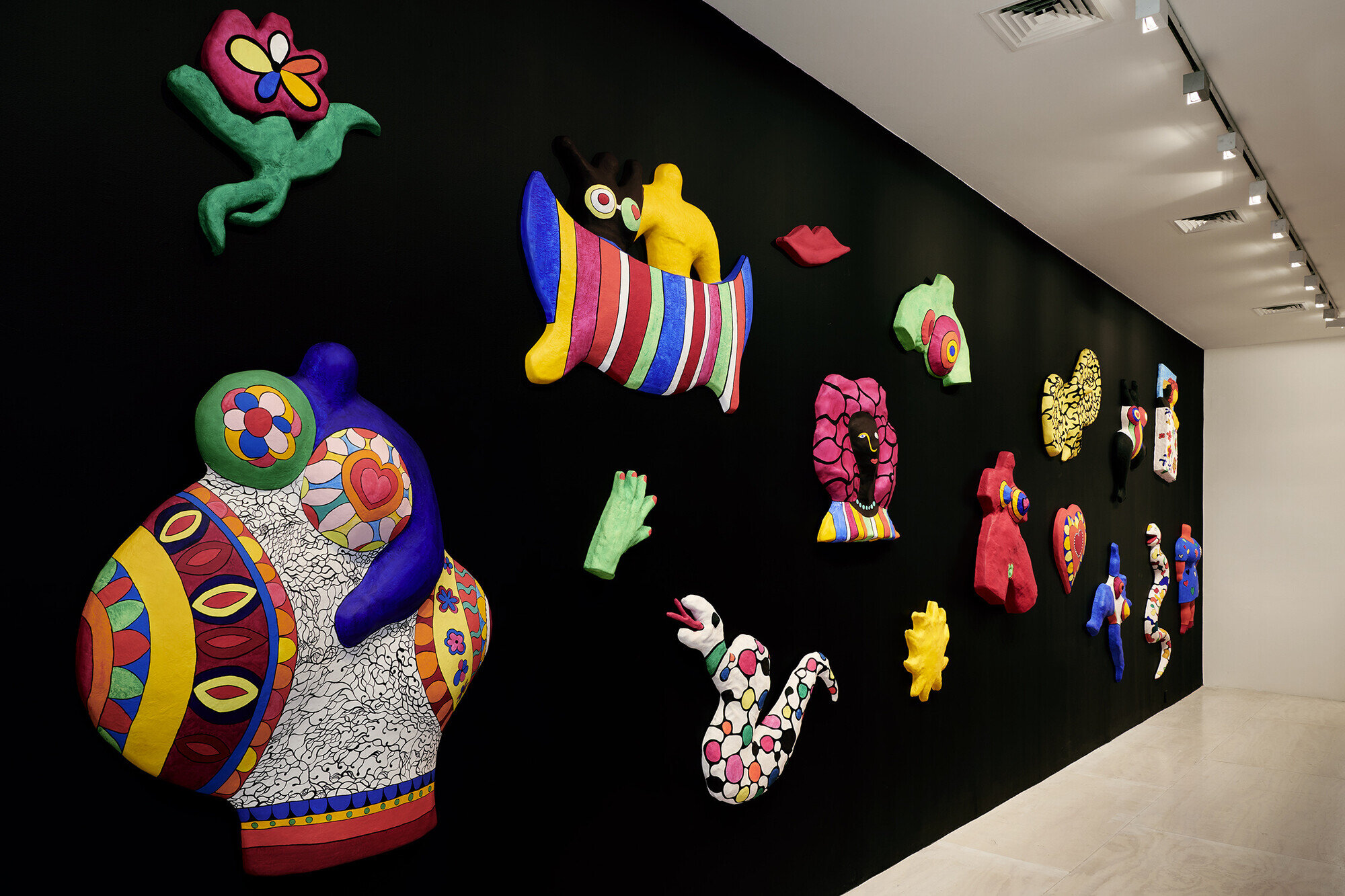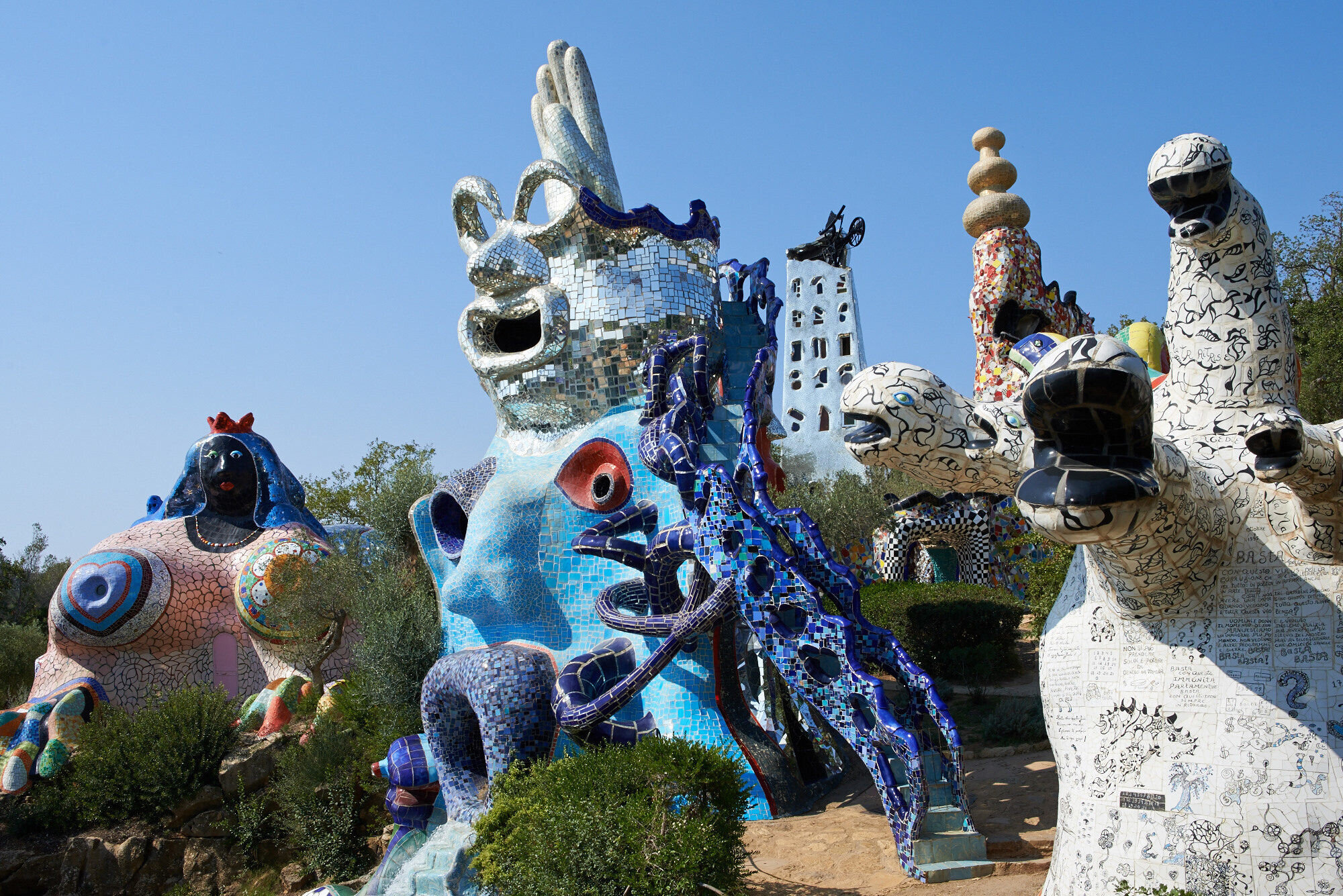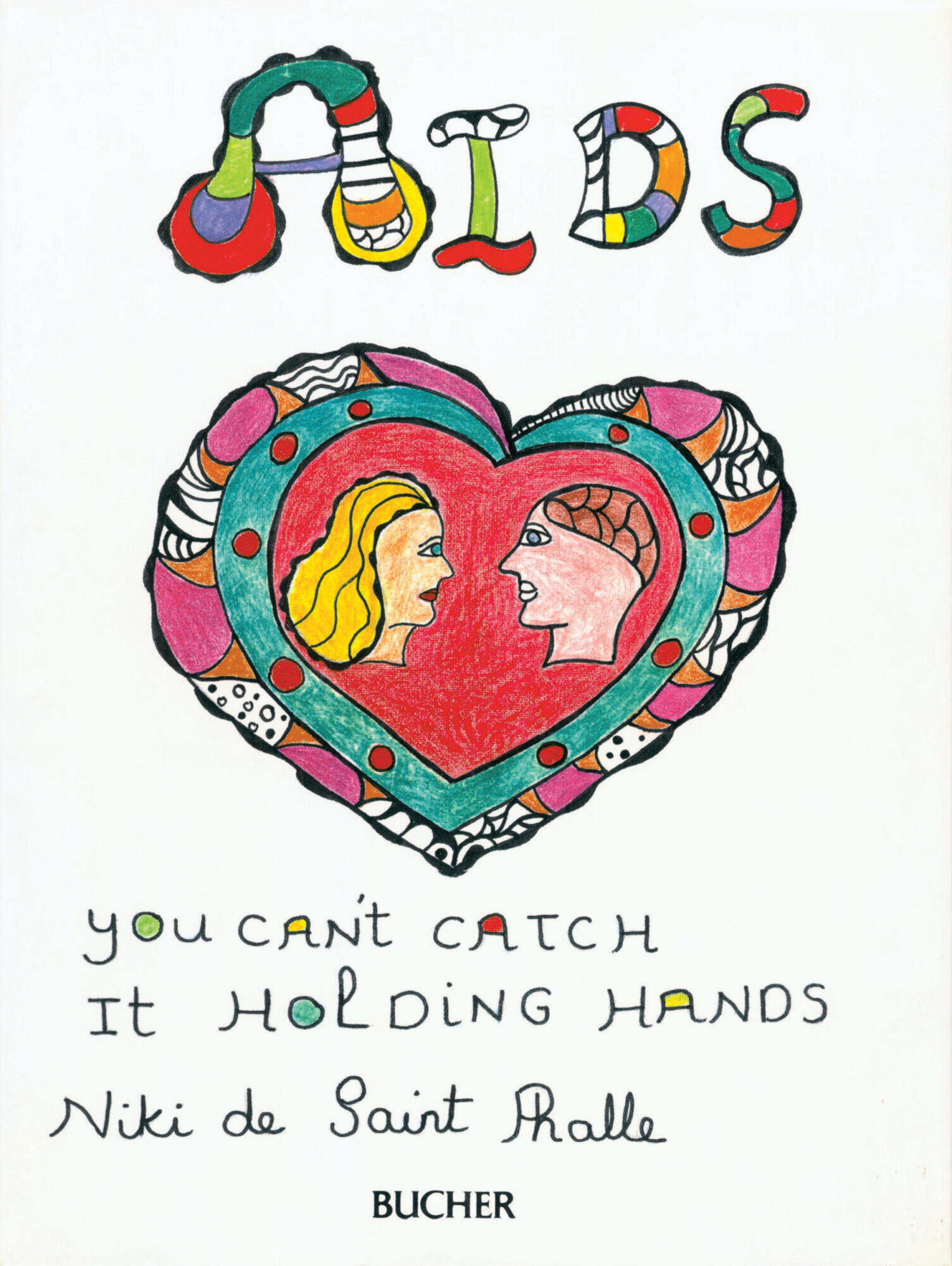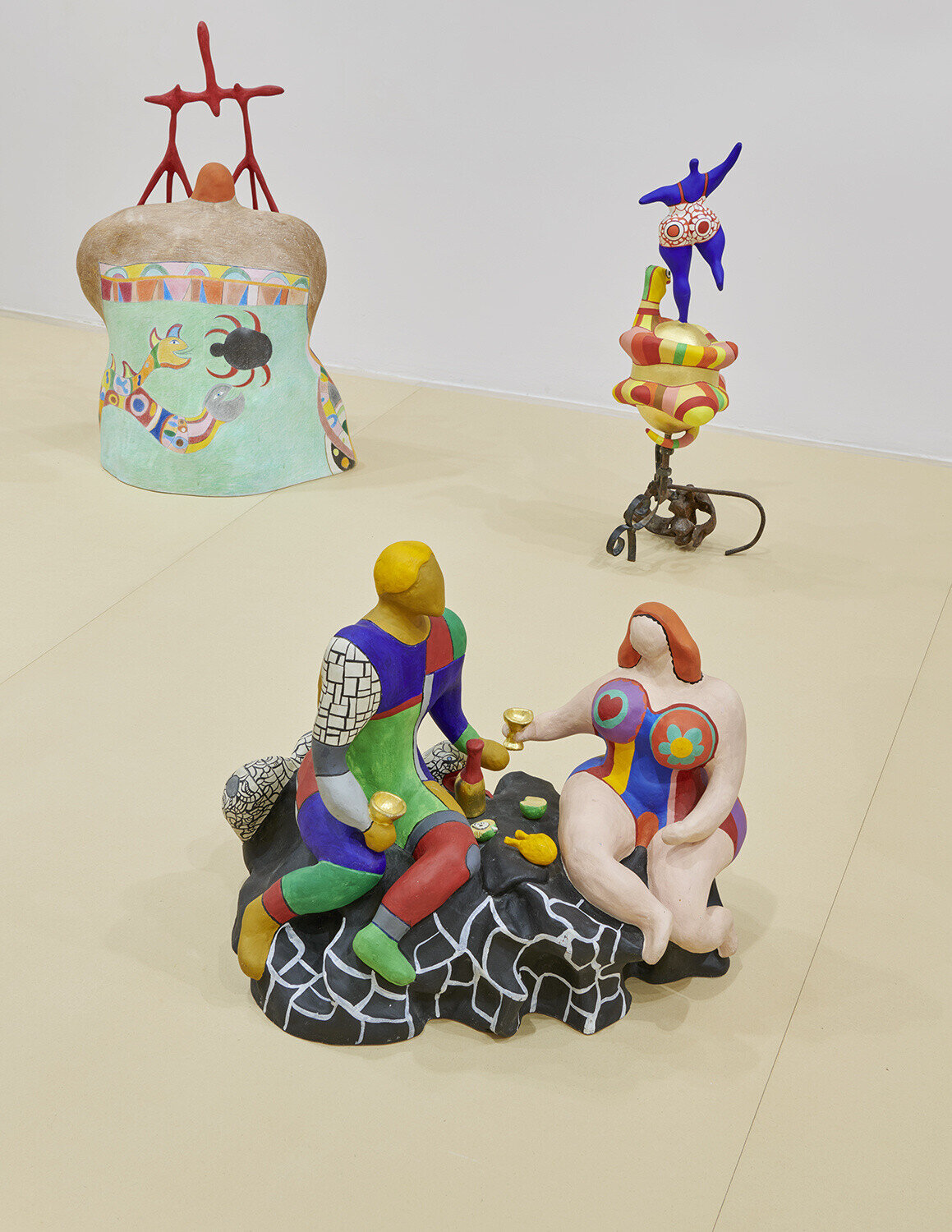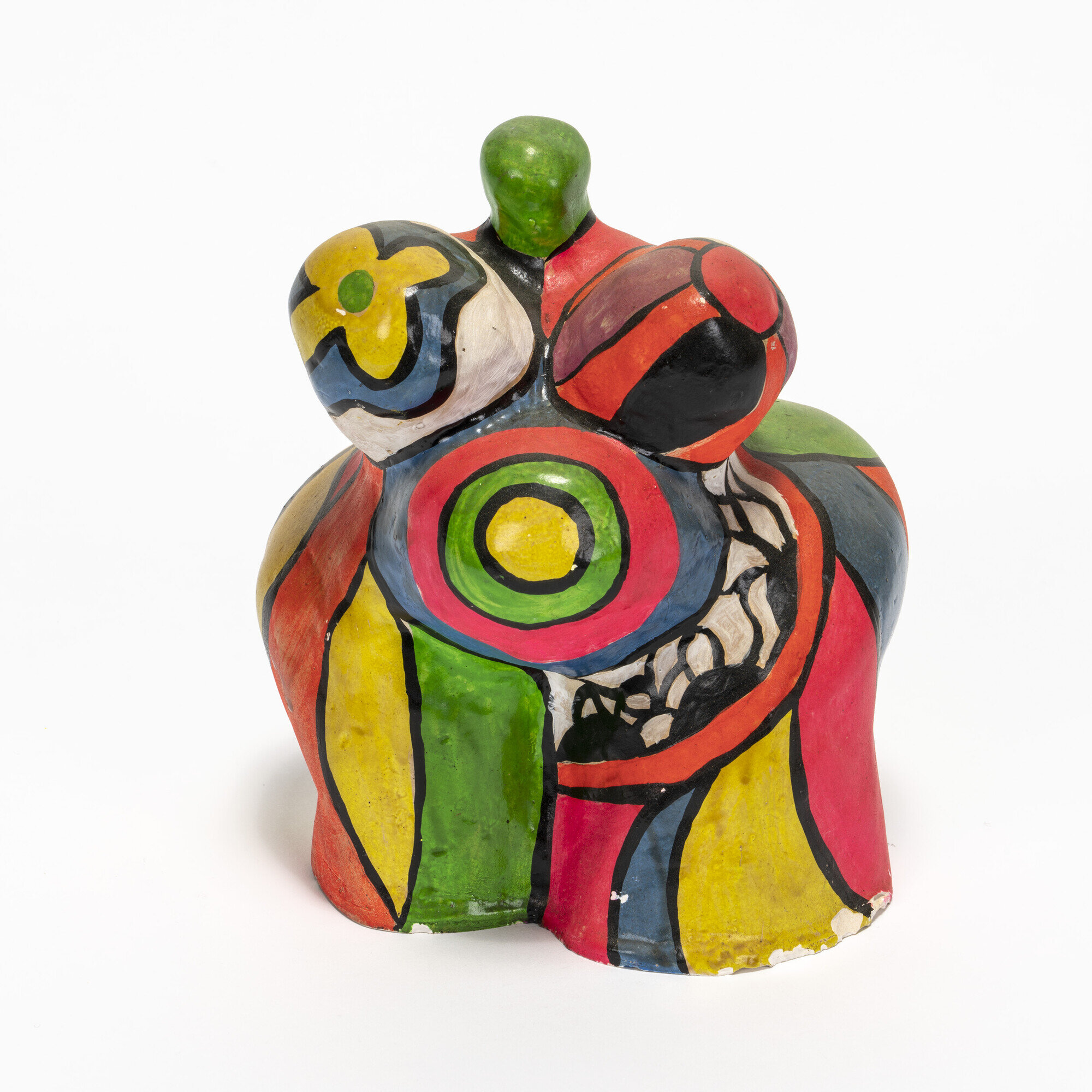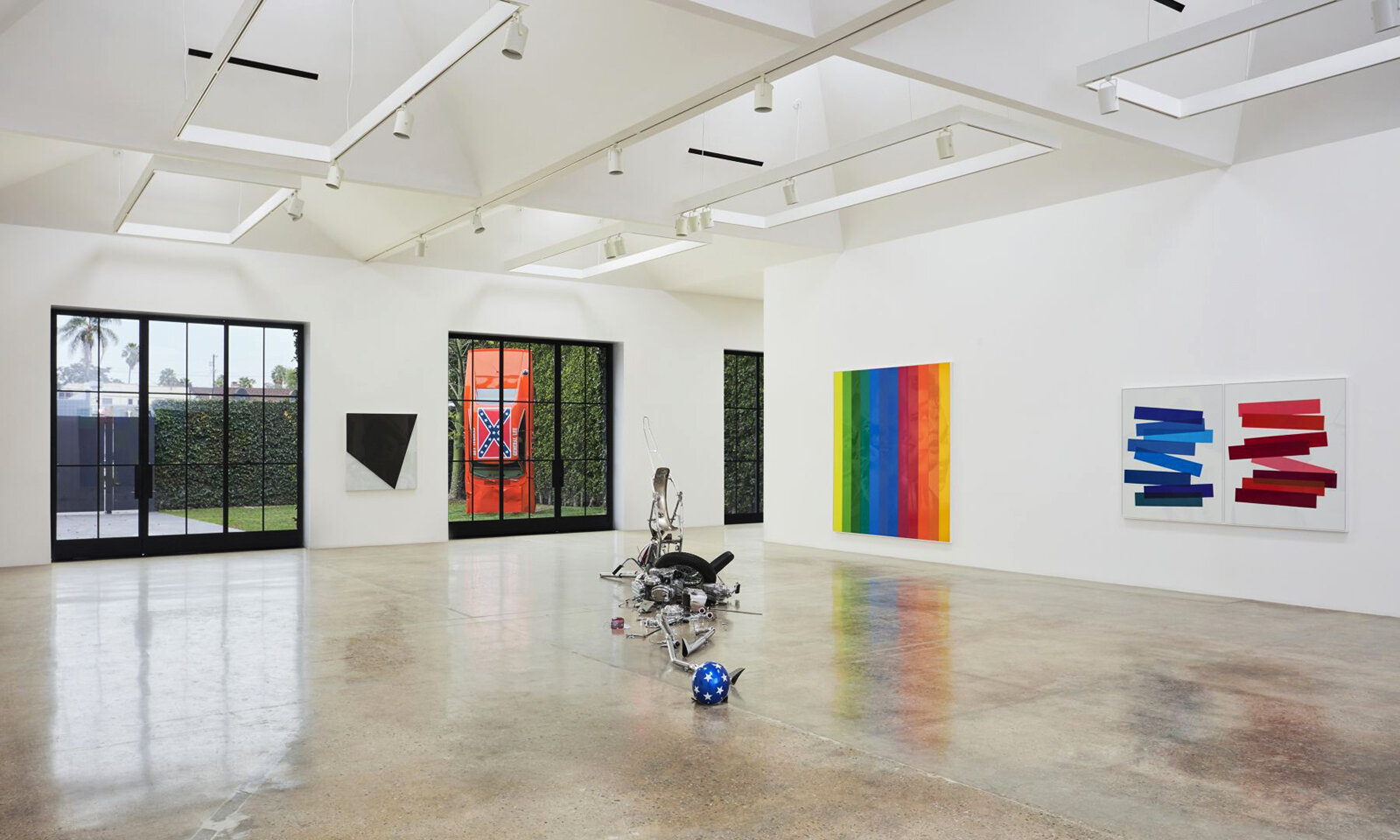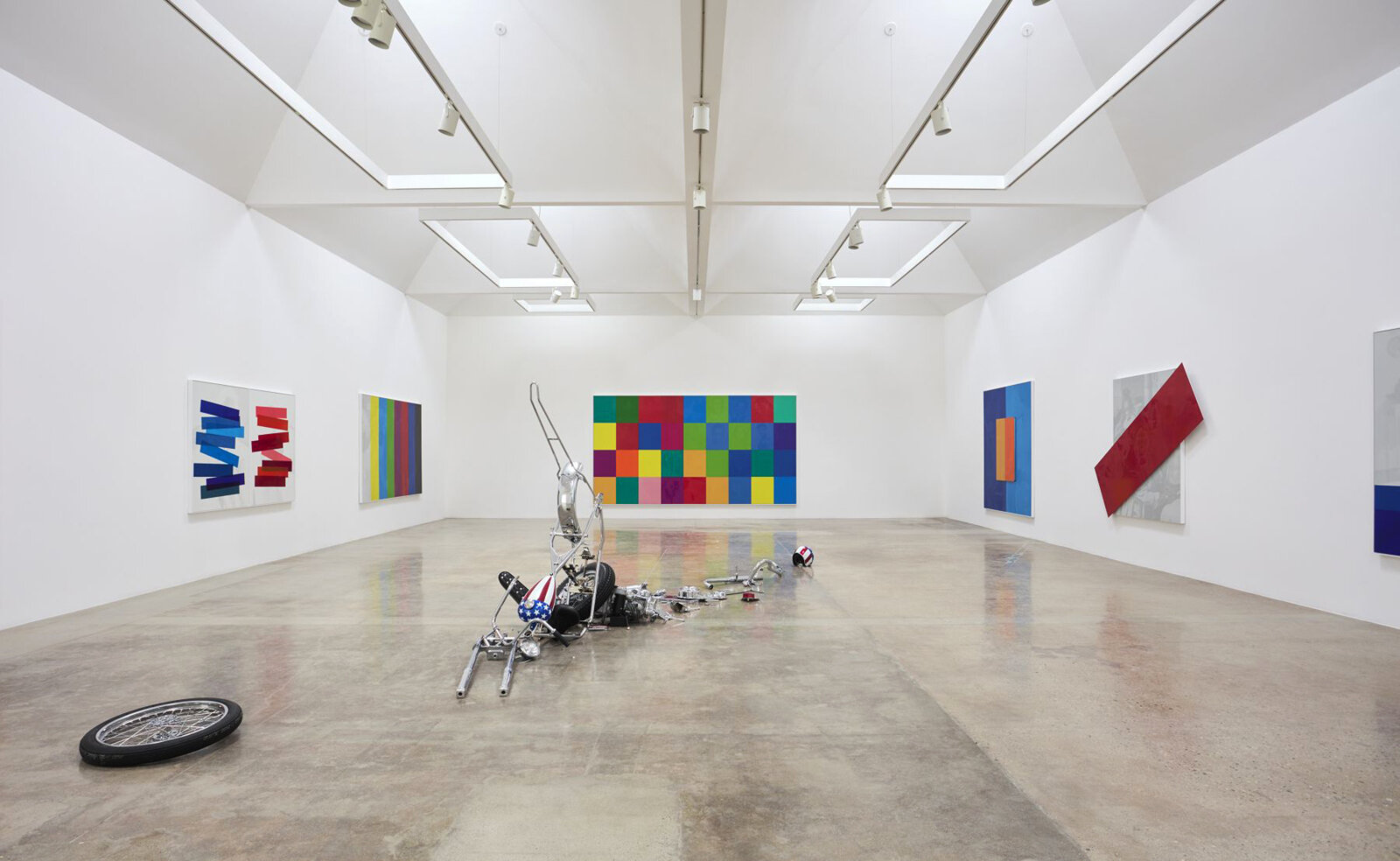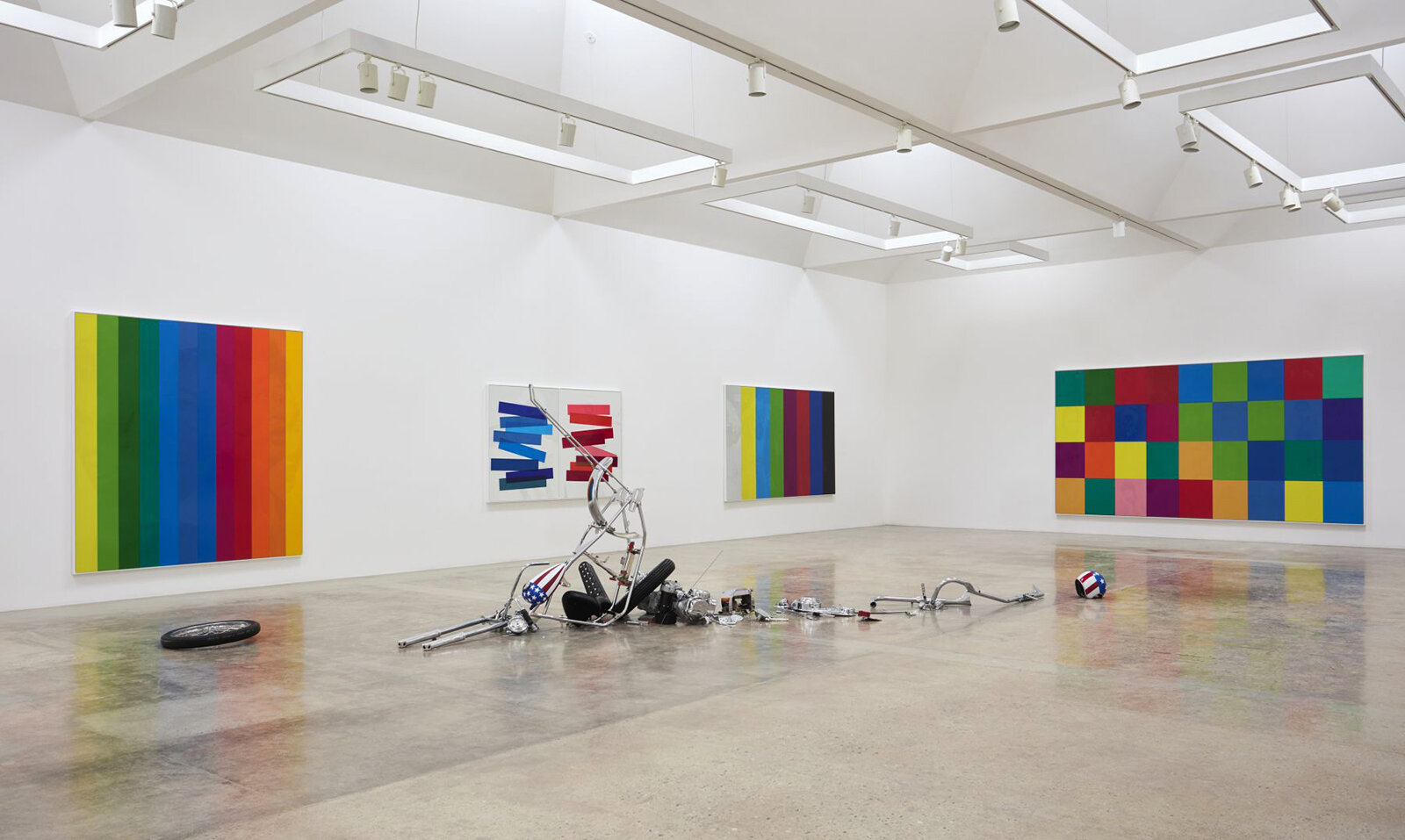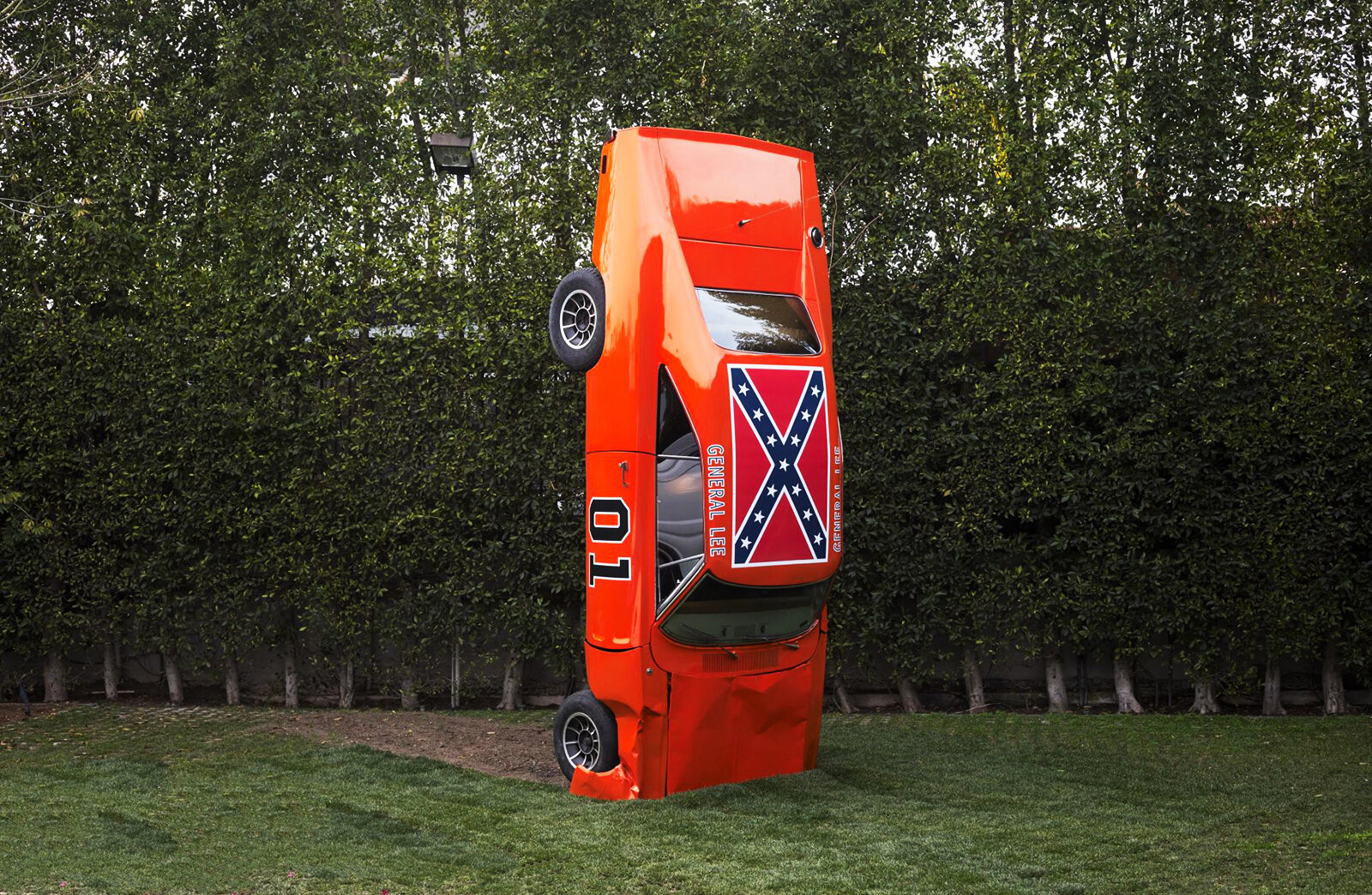Last Tuesday, New York’s literary world descended on a Wall Street bath house for a midnight reading on desire.
text by Karly Quadros
There’s rarely a good reason for any self-respecting writer to be in the Financial District at 10:30 pm on a Tuesday, but here I am at a Russian bath house, standing behind a girl complaining loudly on the phone about how she’s definitely over her situationship this time. It’s a fitting start to the real reason that I’m here: a late-night reading on the topic of desire from some of New York’s seamiest and funniest writers, hosted by writer Camille Sojit Pejcha and Substack.
At the tail end of my first frigid New York City winter, I’m ready for a schvitz and a soak in my red Coca-Cola vintage one piece. It was an apt fashion choice: the decor had a distinctly 80s flair, all blue tiles and decals of mermaids and tropical fish. Amidst a modern sauna renaissance, the focus is less wellness and more third space. Clusters of attendees bounce on pruny toes between the sauna, bar, and a large central pool where the readings take place. The hot tub is packed to the brim while the rest of us paddle placidly in the pool or perch on its edge sipping orange juice and house-made vodkas infused with horseradish, lemon, black currant, and raspberry.
Bath houses have been around since as long as humans have lived together. The sauna’s simple, woody engineering helped people escape brutal Norse winters. Russian and Eastern European immigrant communities carved out their own little piece of New York City with homosocial bath houses where potbellied men socialized and sweated it out together in between cold plunges and traditional beatings with prickly oak branches. In the 20th century, bath houses became iconic for their status as gay cruising grounds. But, as Sojit Pejcha reminds me, before all of that, in ancient Roman times, public baths were community spaces, closer to libraries than bedrooms. With this reading, organized in collaboration with Substack’s Matt Starr and Sophia Efthimiatou, she was blending the two.
Featuring performances from Sojit Pejcha, Brontez Purnell, Cat Cohen, Mary H.K. Choi, Jaboukie, J Wortham, Liara Roux, Old Jewish Men, and Sherry Ning, the readings are occasionally erotic, often funny, always revealing. They detailed desires that were passing or all encompassing. The desires were sometimes existential (wanting to be beautiful), sometimes specific (wanting to be let into the Delta Sky Club.) Like an extension of a dream where you have to give a speech only to realize that you’re not wearing any pants, many of the writers, performing in swimsuits, took on the things they’re a little embarrassed to want in the first place.
Sojit Pejcha riffed on the misbegotten workplace dalliances of her early twenties. Cat Cohen tore through several poems on everything from $400 Zoom psychics to wanting to be so tiny and thin she could ice skate on the crust of crème brûlée. Others wrote about wanting things they feel they should probably be a little more ashamed of but aren’t, like Brontez Purnell taking on relapses and near-death experiences. Mary H.K. Choi channeled her irrepressible lust for affordable health care through Luigi Mangione’s delicately shackled ankles. And then there was Jaboukie who fantasized about a kinky threeway with Senate Republican leader Mitch McConnell and his remote control buttplug-wielding wife.
Maybe it’s the humidity or the smell of smoked herring that’s gone to my head, but the night is shaping up to be, if not exactly sexy, then much more revealing. With authors and audience alike in nothing but their skivvies, there’s nowhere to hide. Considering the avalanche of hand-wringing thinkpieces about how Gen Z is too prudish, I think to myself that those authors clearly didn’t show up here.
Sojit Pejcha, whose newsletter Pleasure-Seeking focuses on desire and sexuality with a gonzo, anthropological aplomb, agrees. She points to a collective burnout in the face of the overzealous sex positivity of the 2010s, in which dating apps gave rise to a particular kind of casual sex and corny brands Urban Outfitters were hawking vibrators as a quick path to empowerment. Ultimately, however, that promised sexual empowerment was just another way for brands to leverage human desires to sell products.
“I think it’s worth interrogating what shapes our desires, what social conditions we’re responding to and why we think things are subversive,” said Sojit Pejcha. “Brands and dating apps marketed sex as a source of liberation for women–but failed to close the orgasm gap. Between this and the conservative cultural turn, there was a sense that sex positivity wasn’t all it cracked up to be, and sex negativity almost seemed subversive.”
With this event and her newsletter, she’s refocusing the conversation on pleasures and vulnerabilities both transgressive and ordinary. “So much of the conversation is about how atomized we are, how isolated and sexless we are. I think part of that is true, but at a certain point, complaining about it online is not helpful,” she said. “My role is to seek out sexual culture where it exists in the real world.”
If the event’s near instant ticket sell out and 300 person waitlist is any indicator, the appetite for spaces that are sultry and silly isn’t just existent – it’s ravenous. Spilling out into the night, still March brisk but no longer wind whipped January, I can feel the thaw coming.
Images courtesy of Anna Maria Lopez












